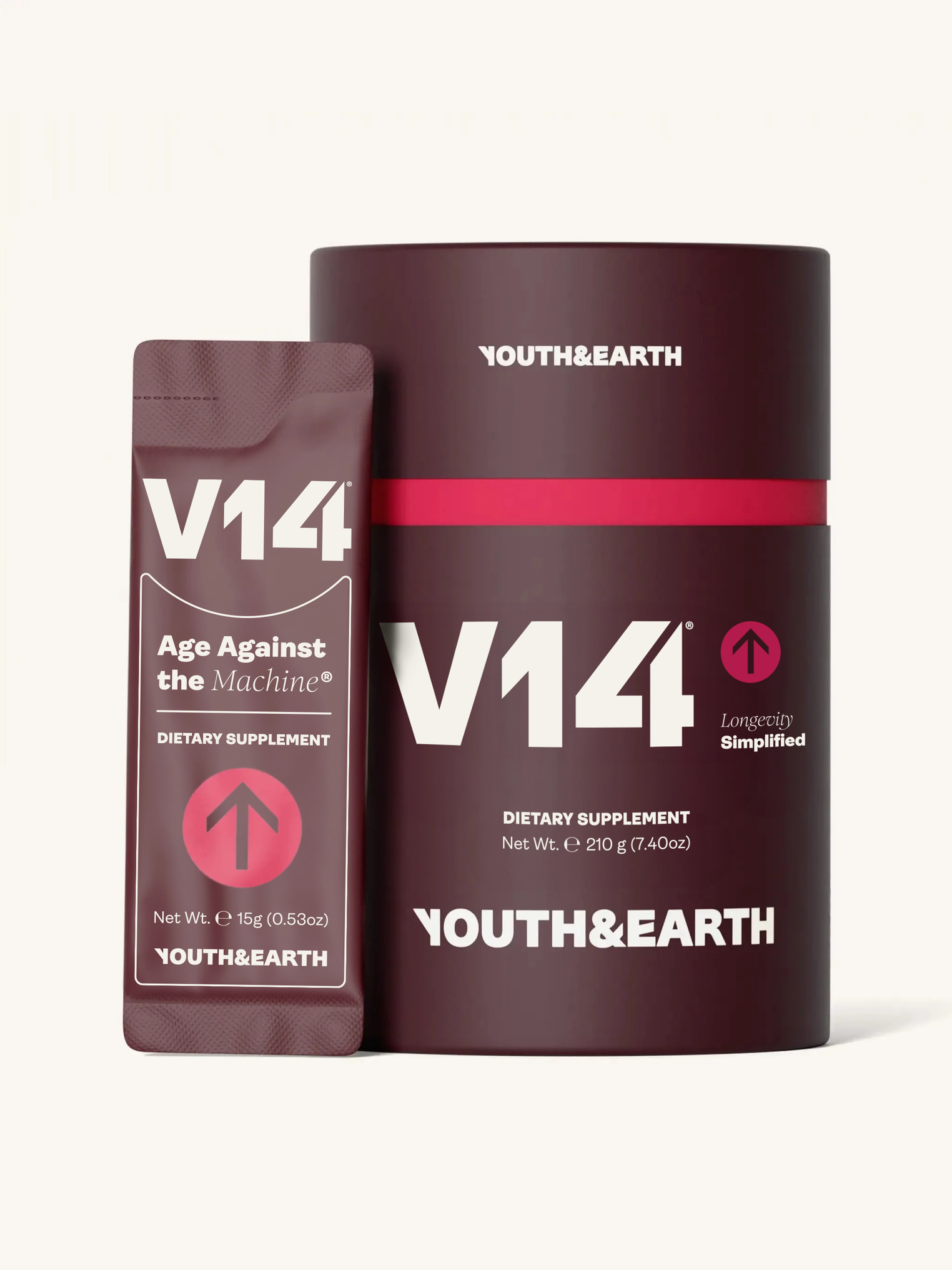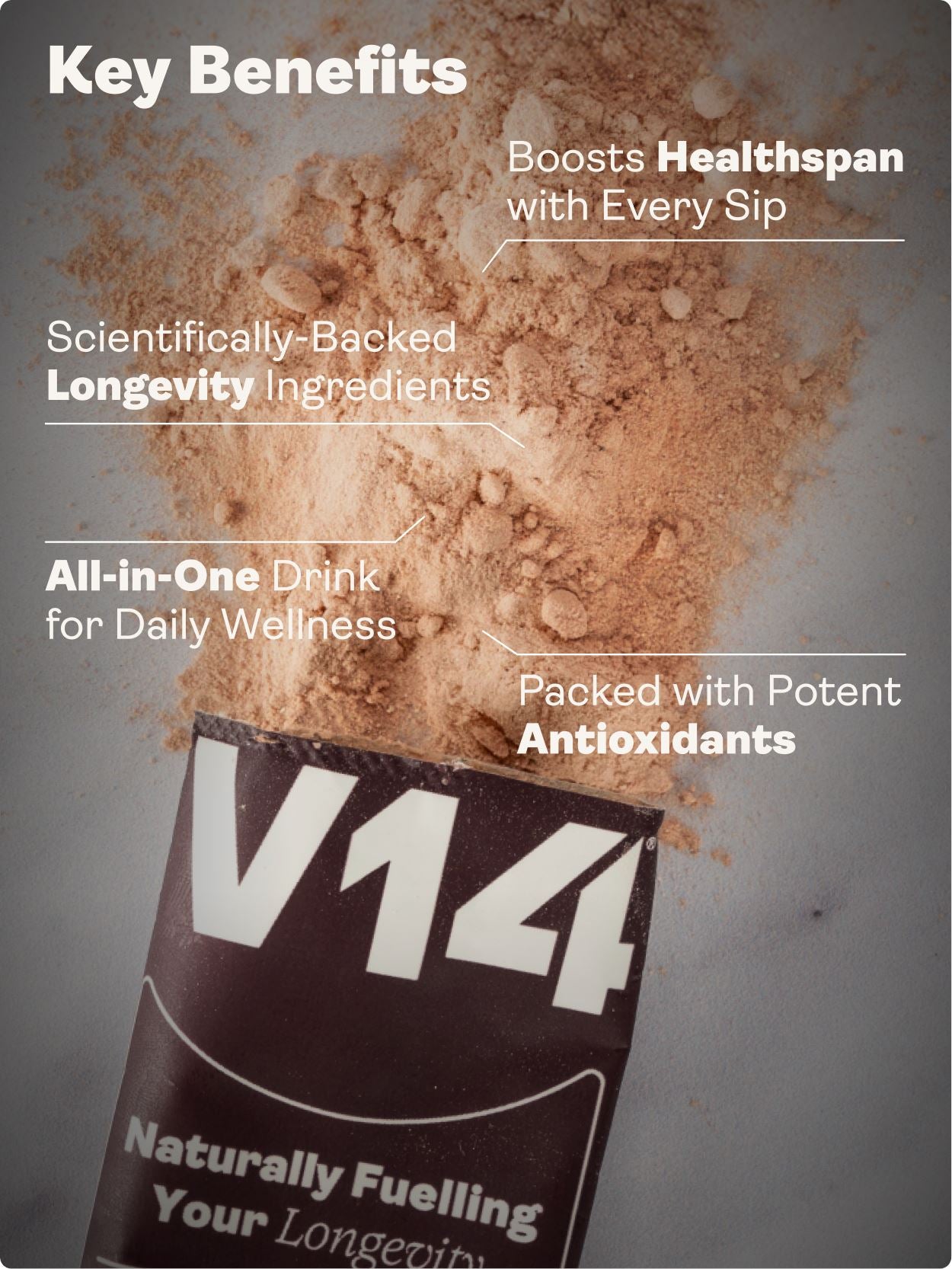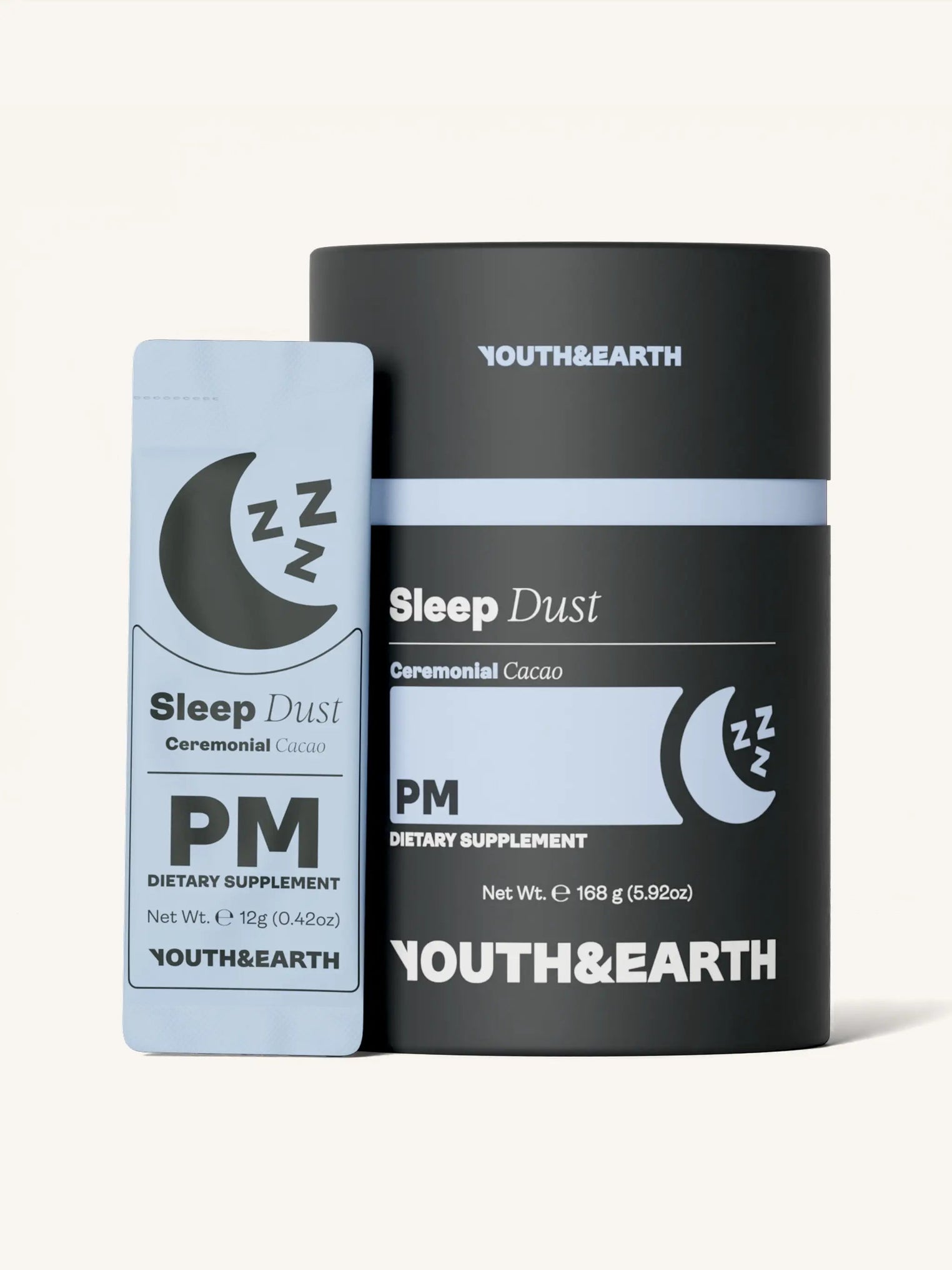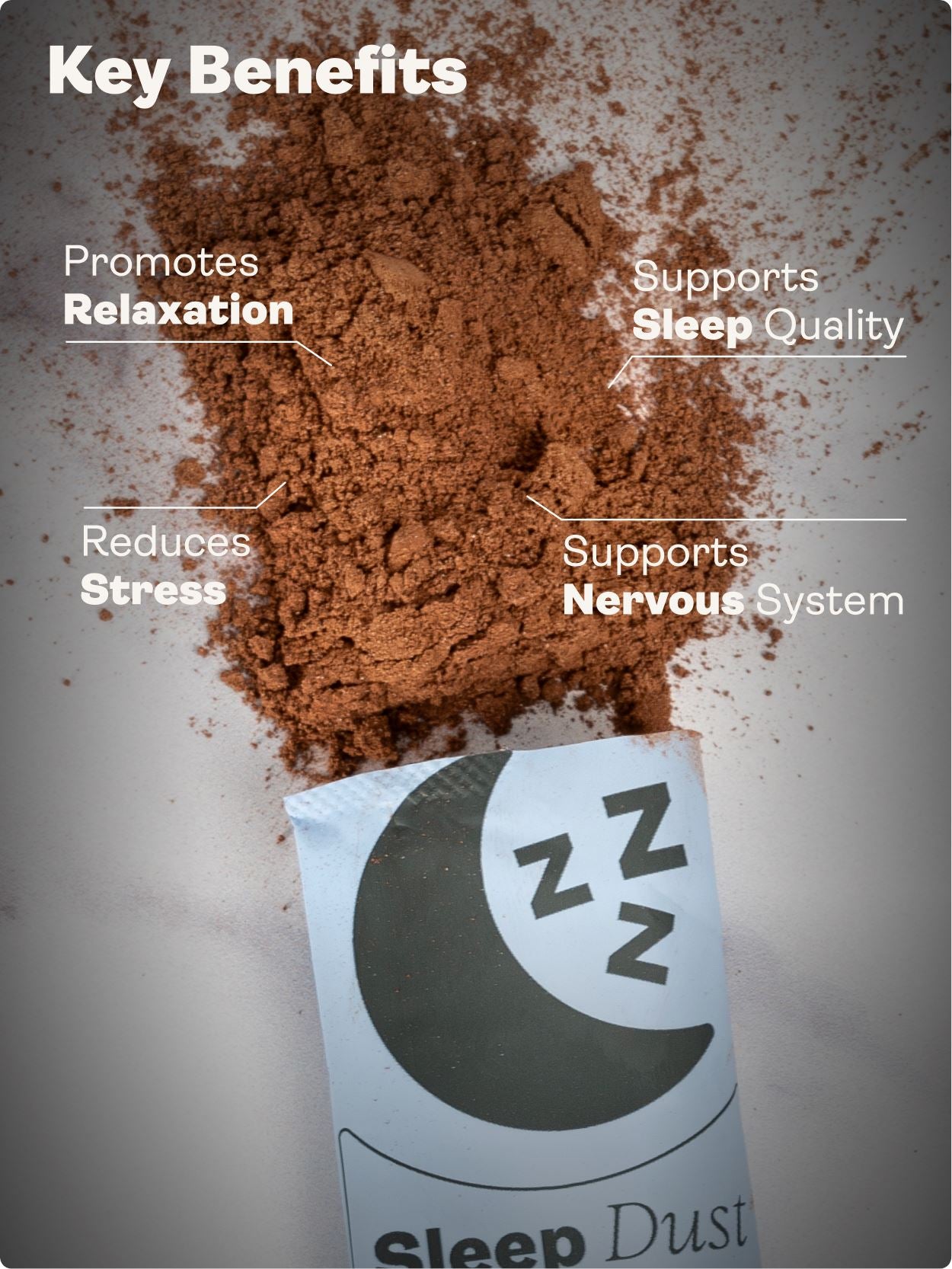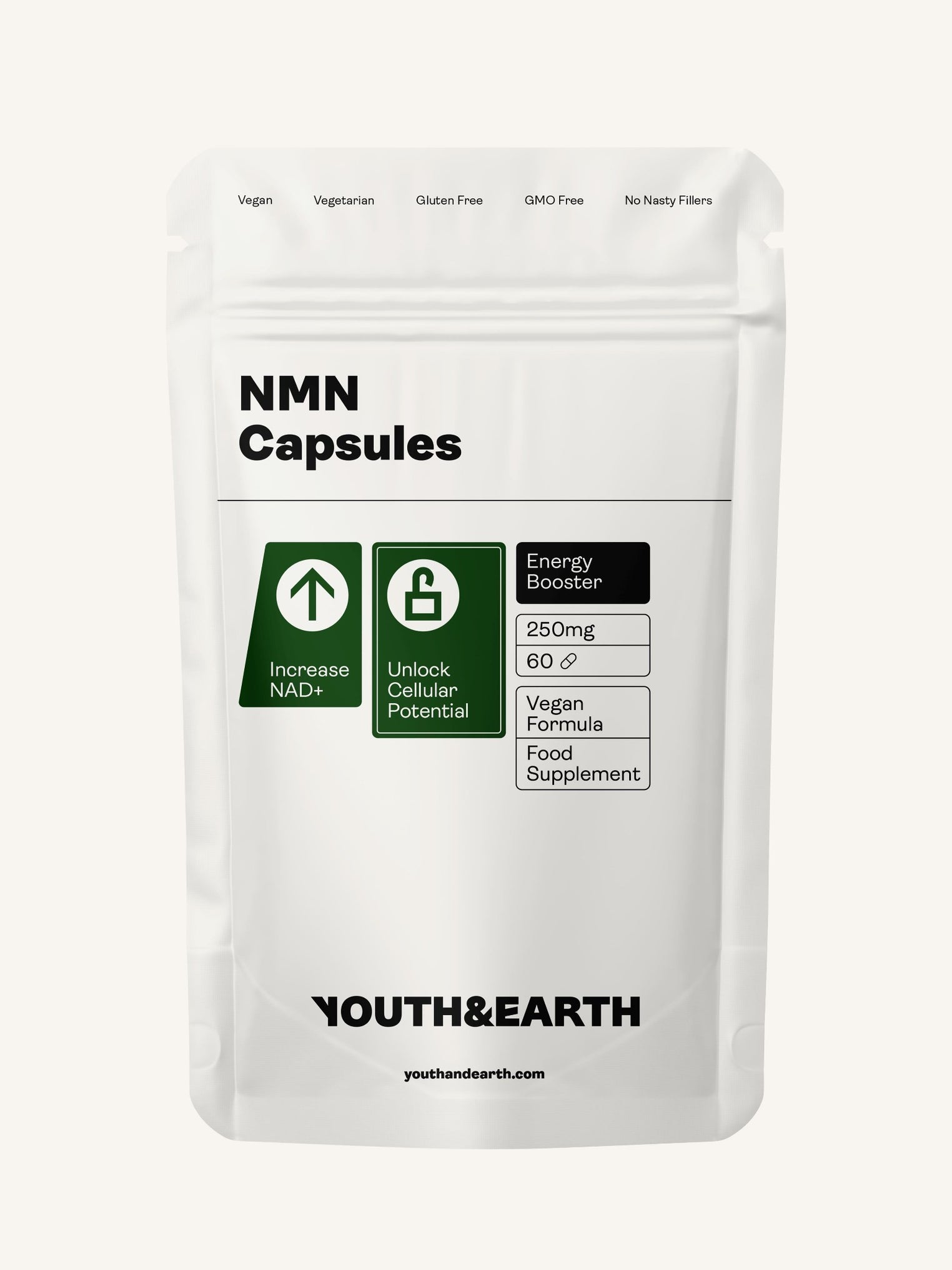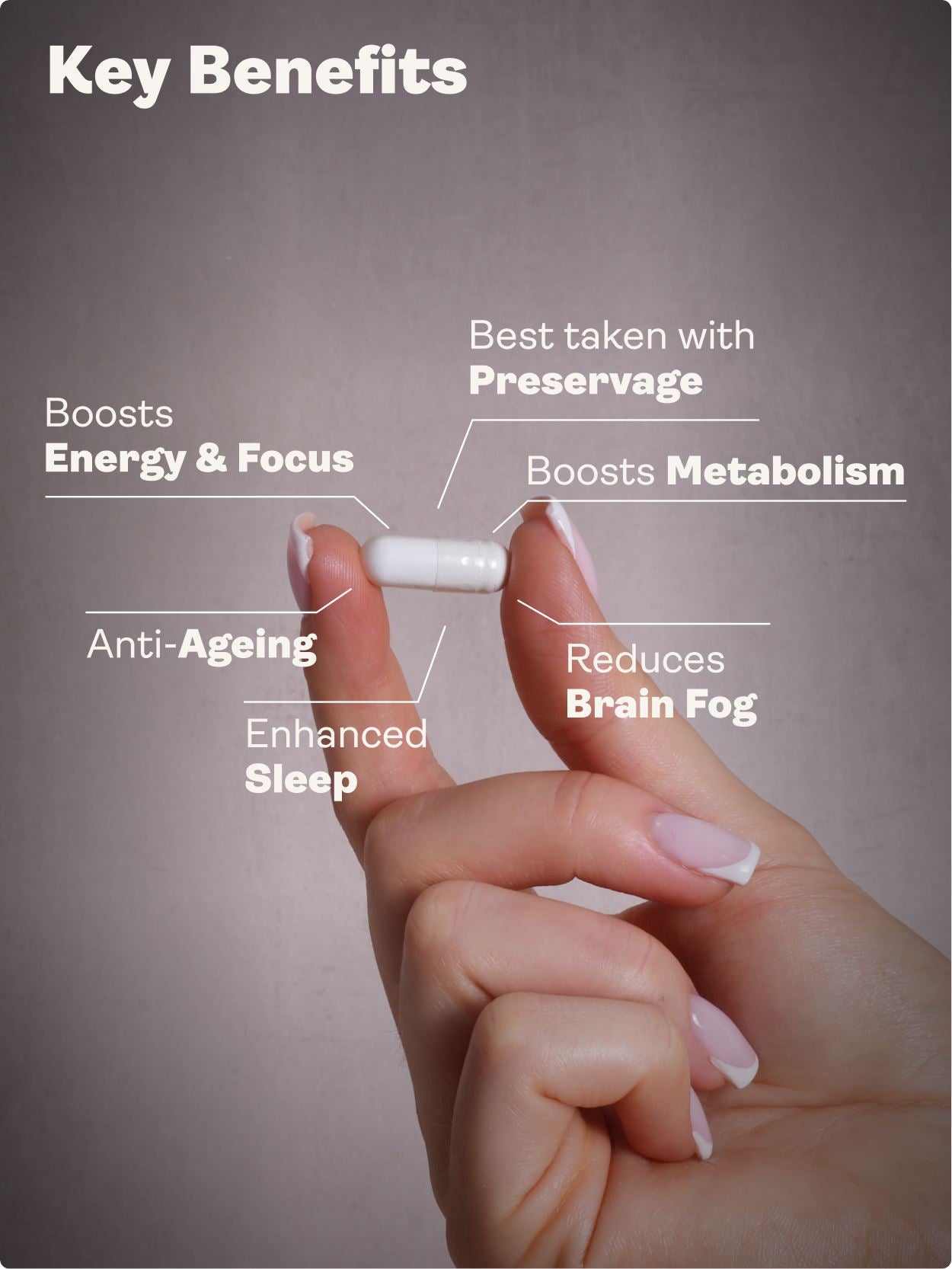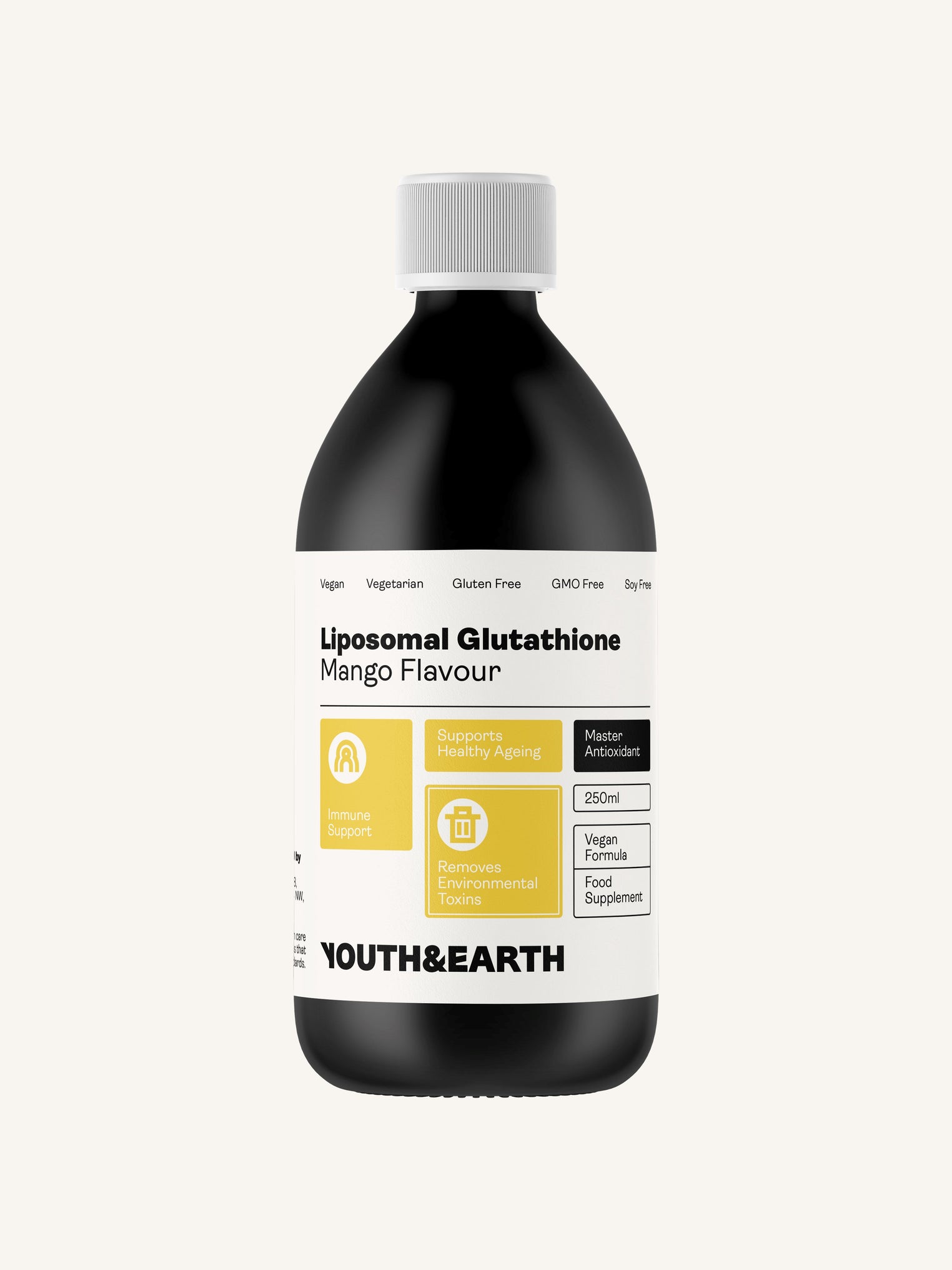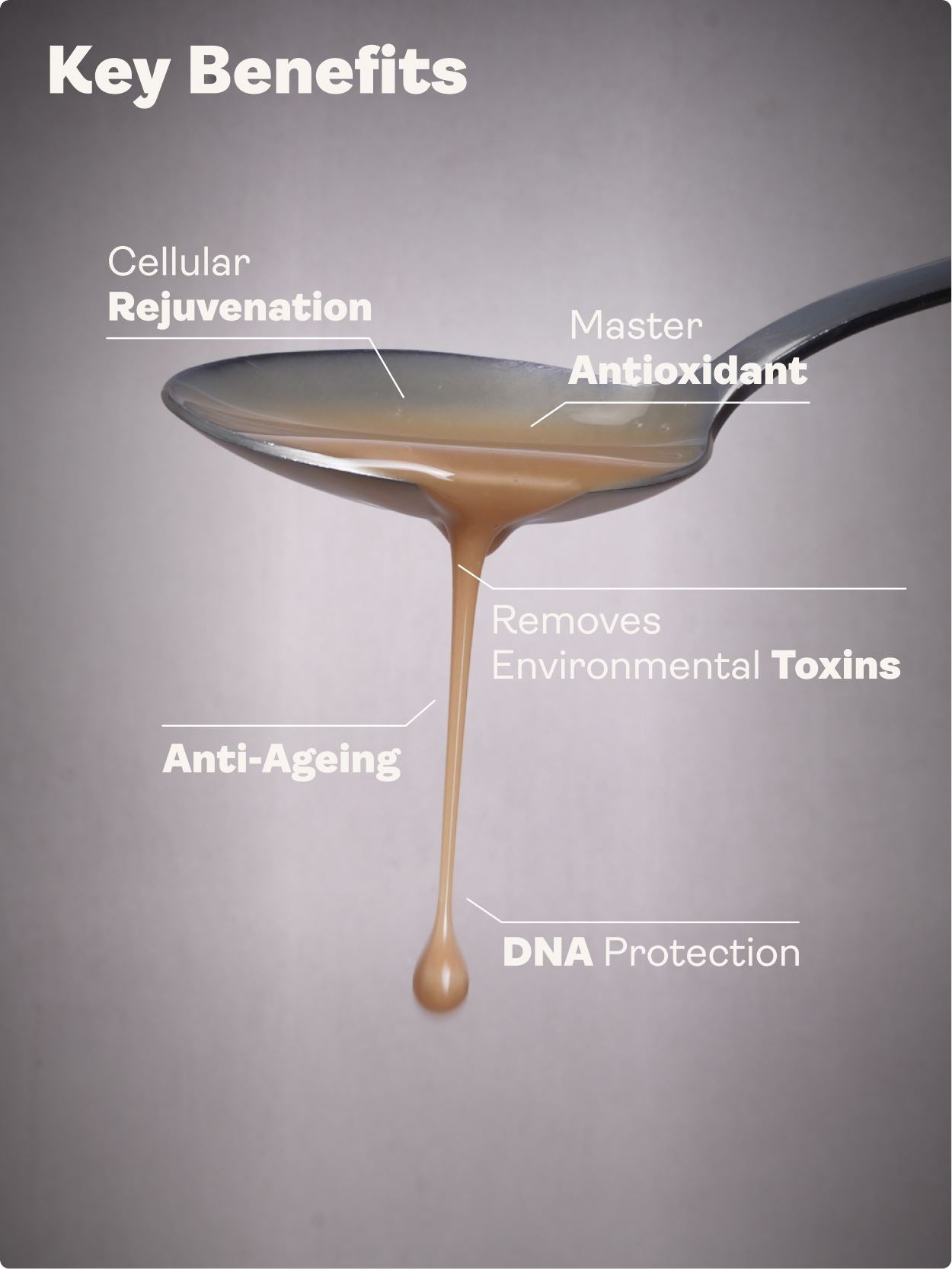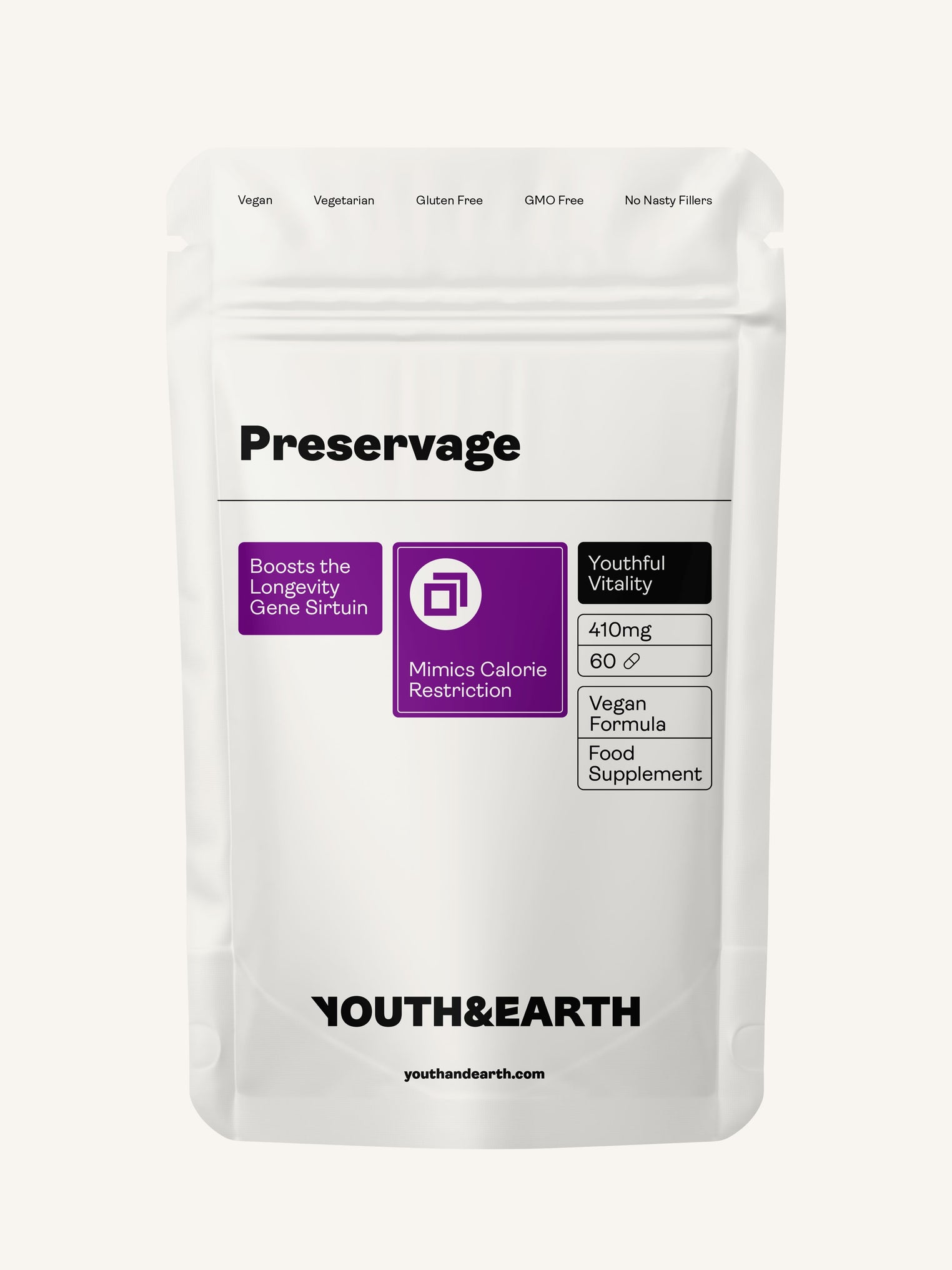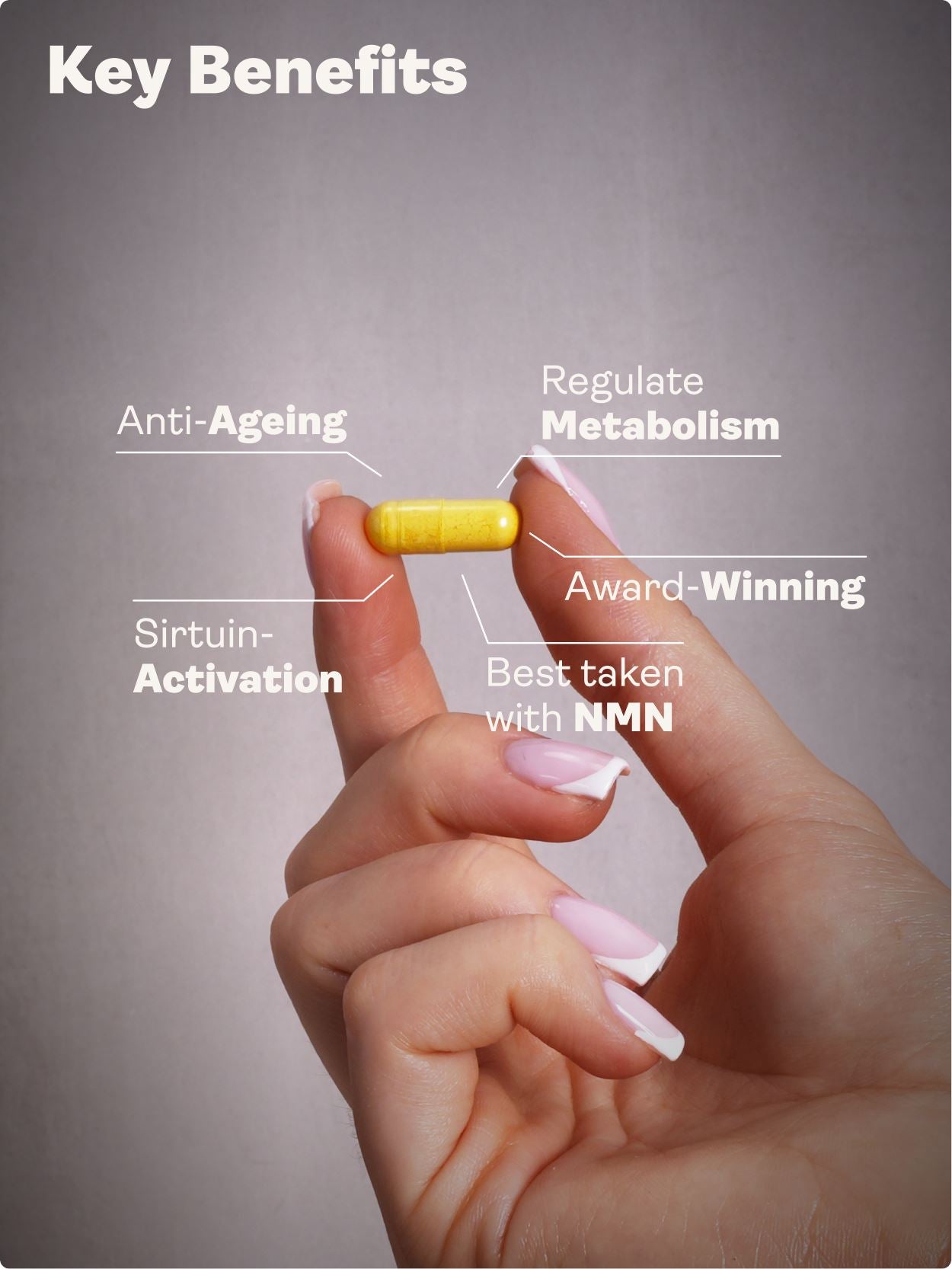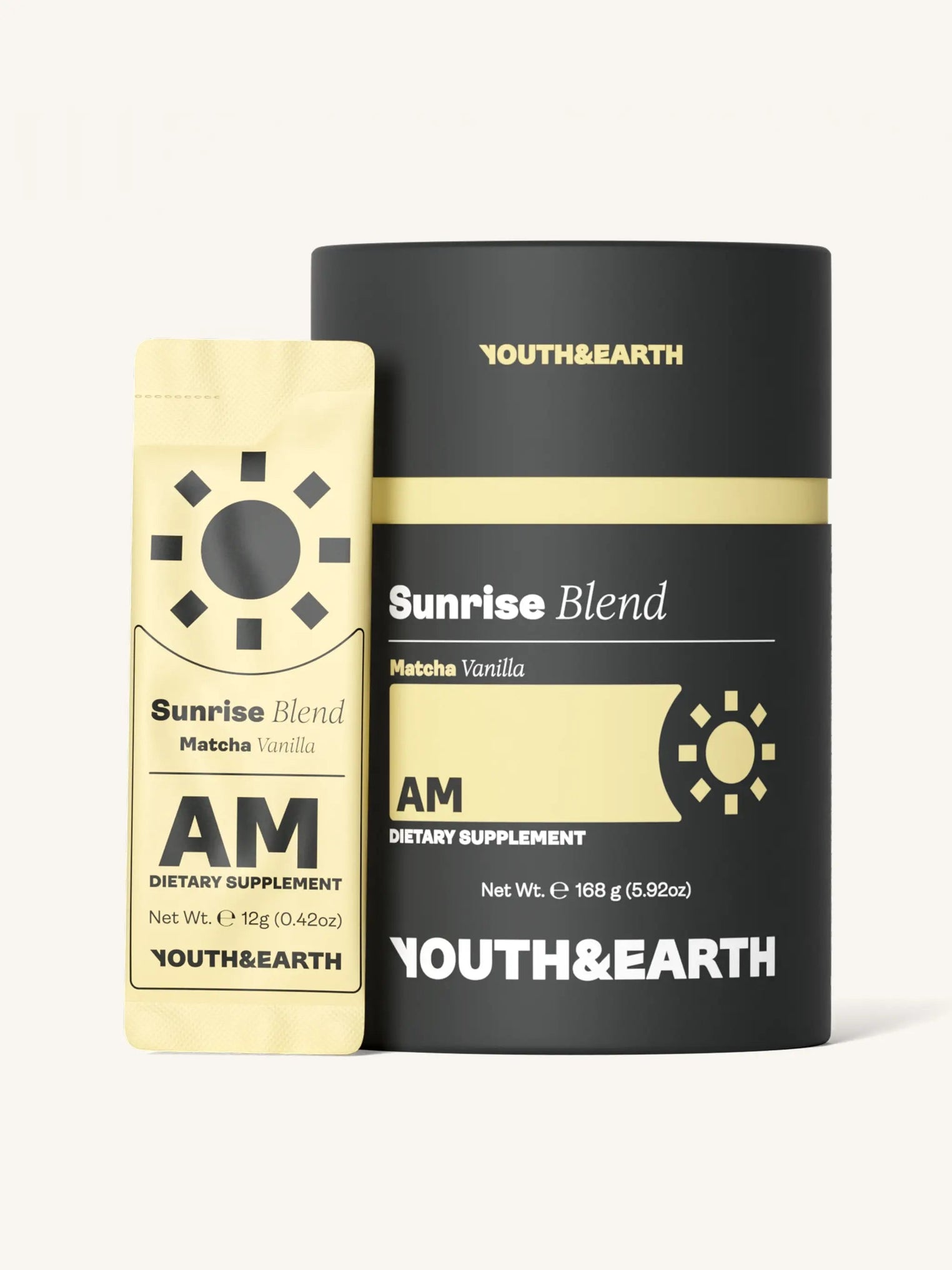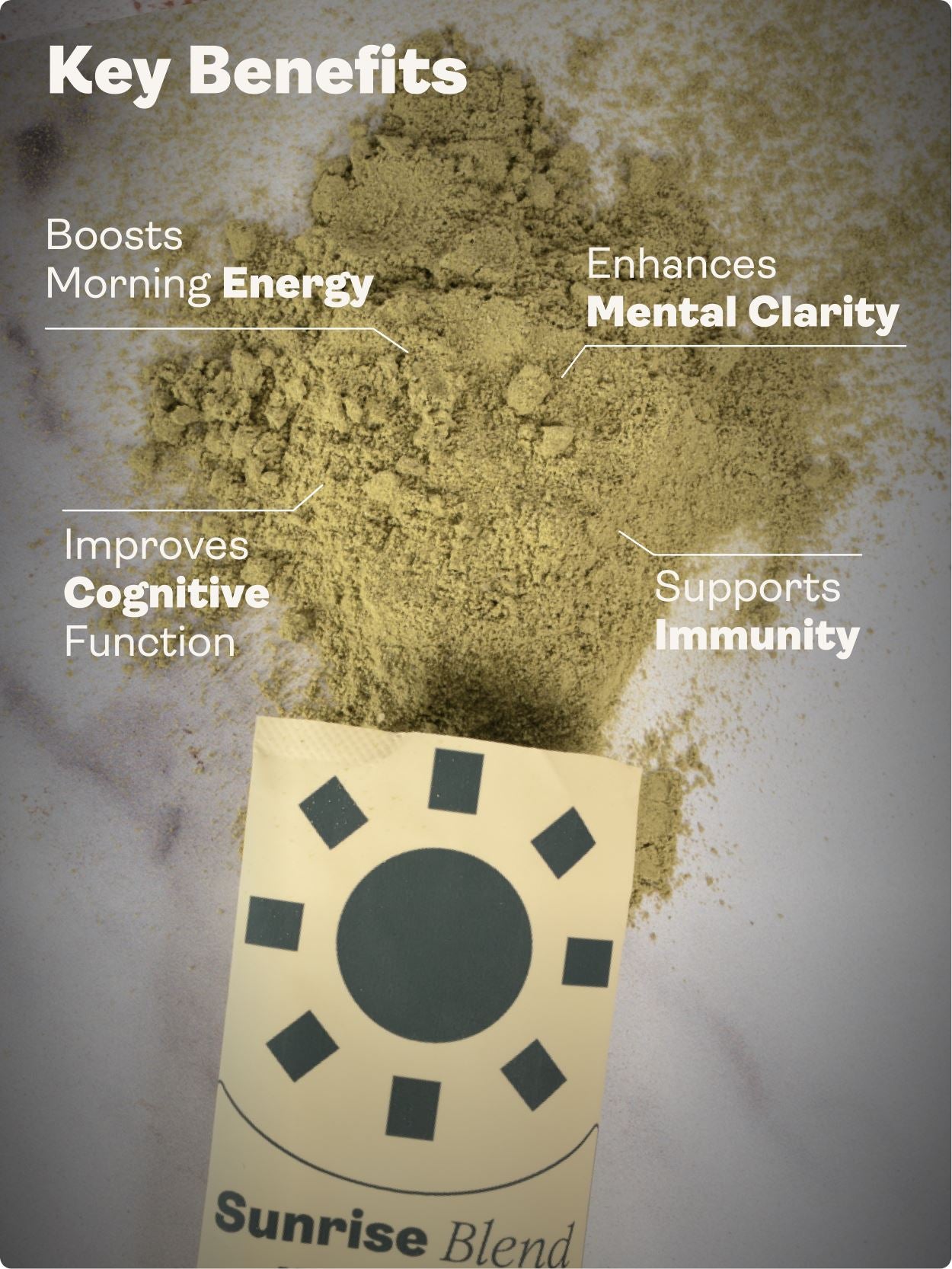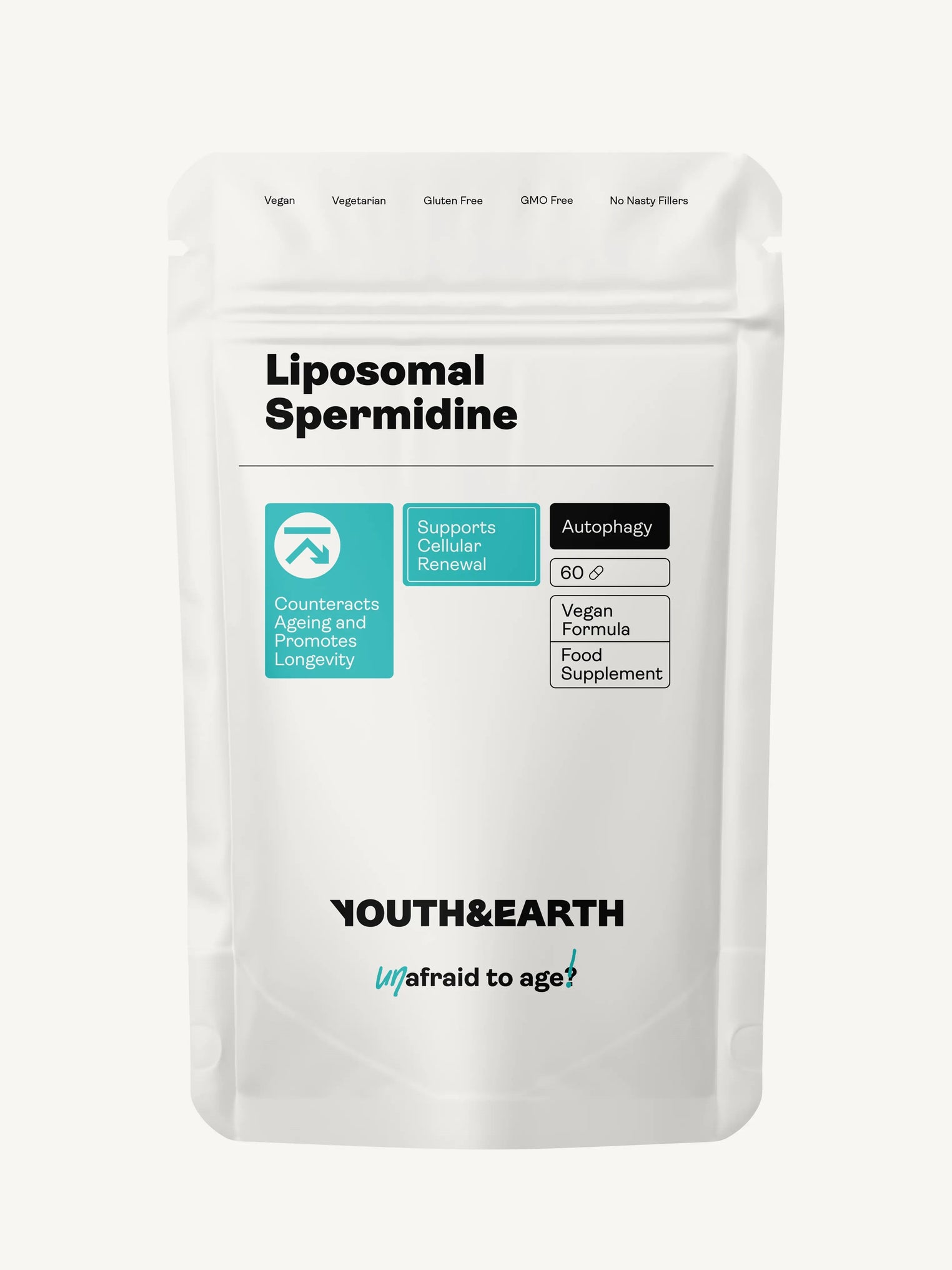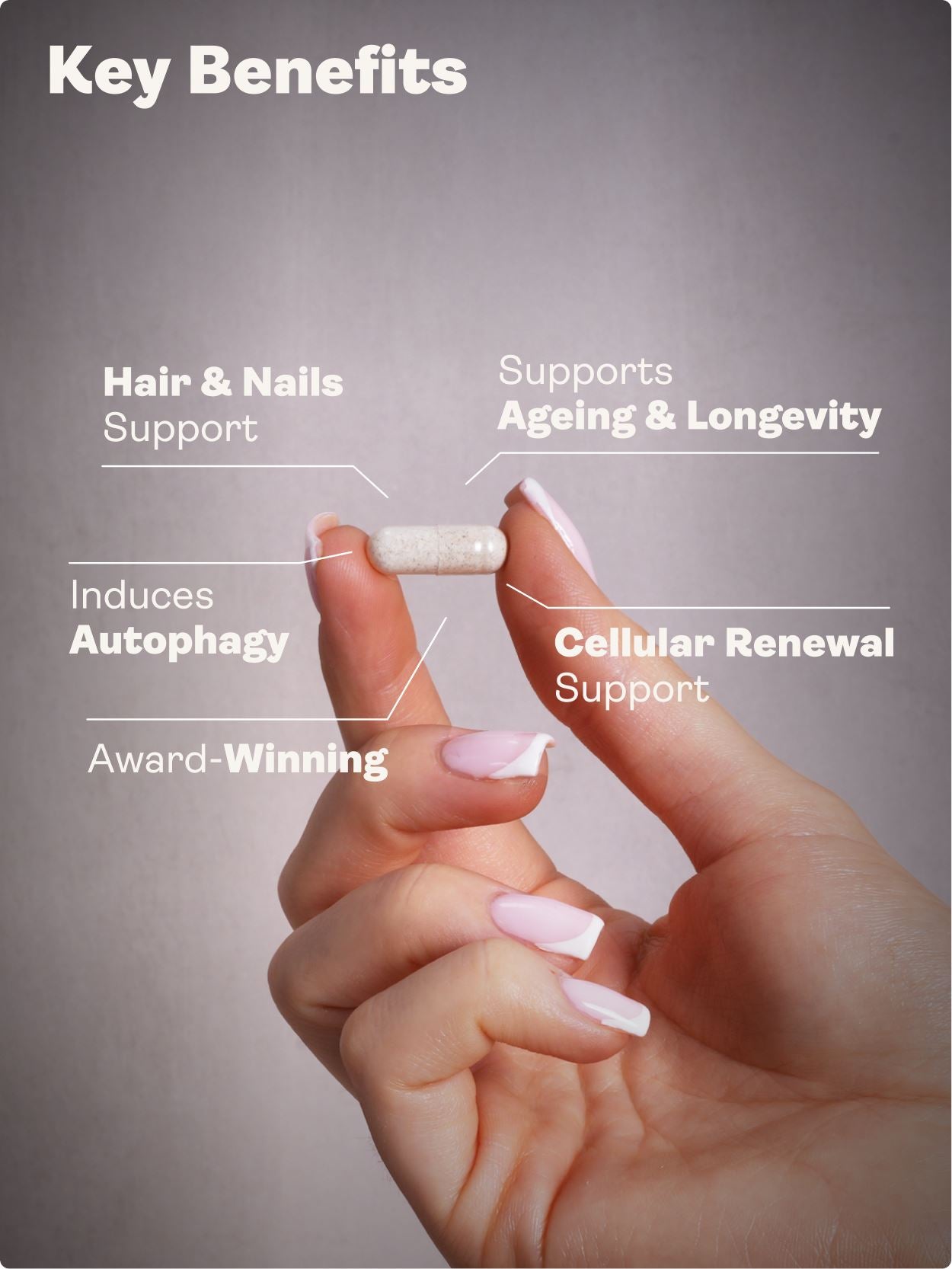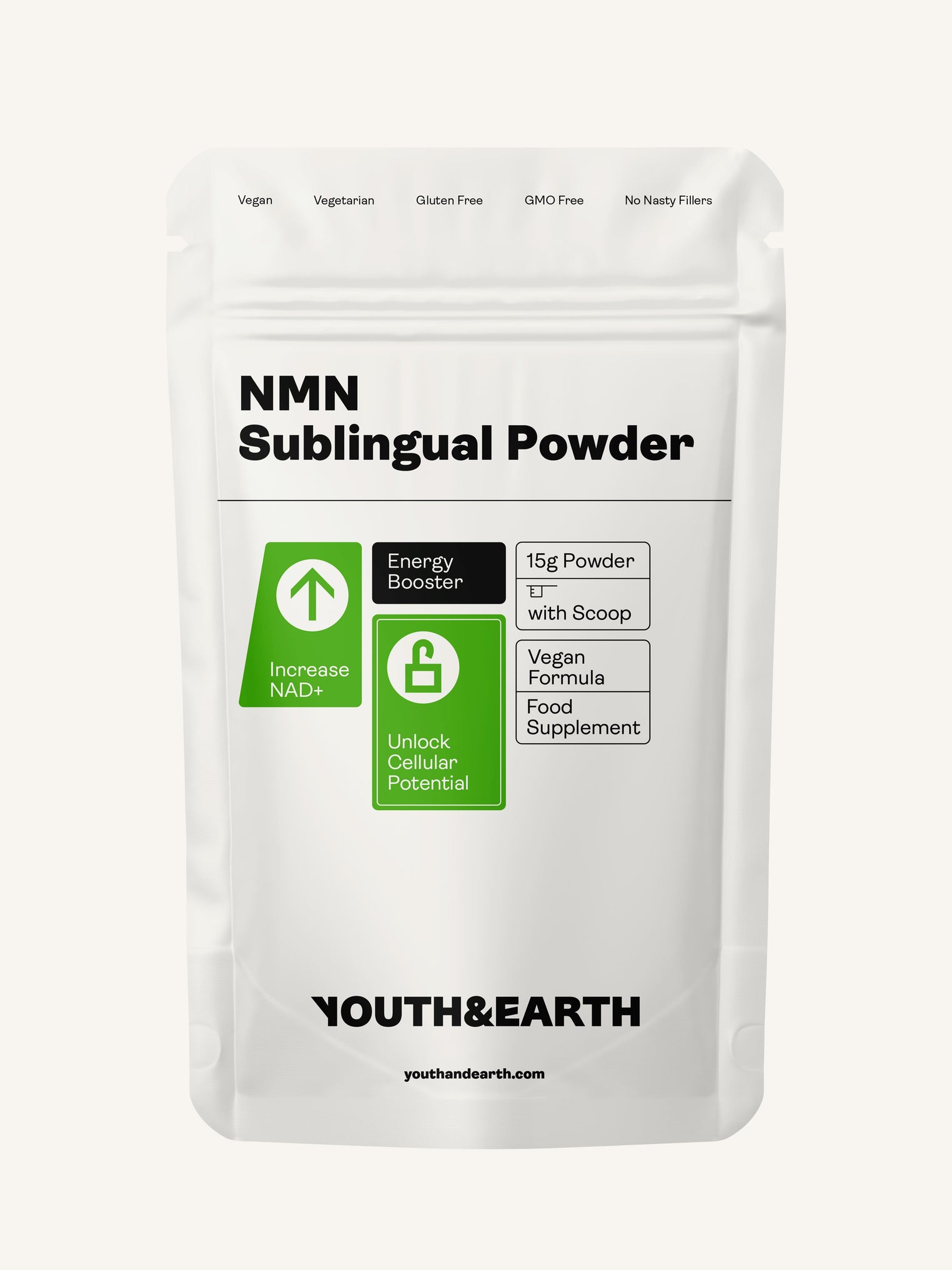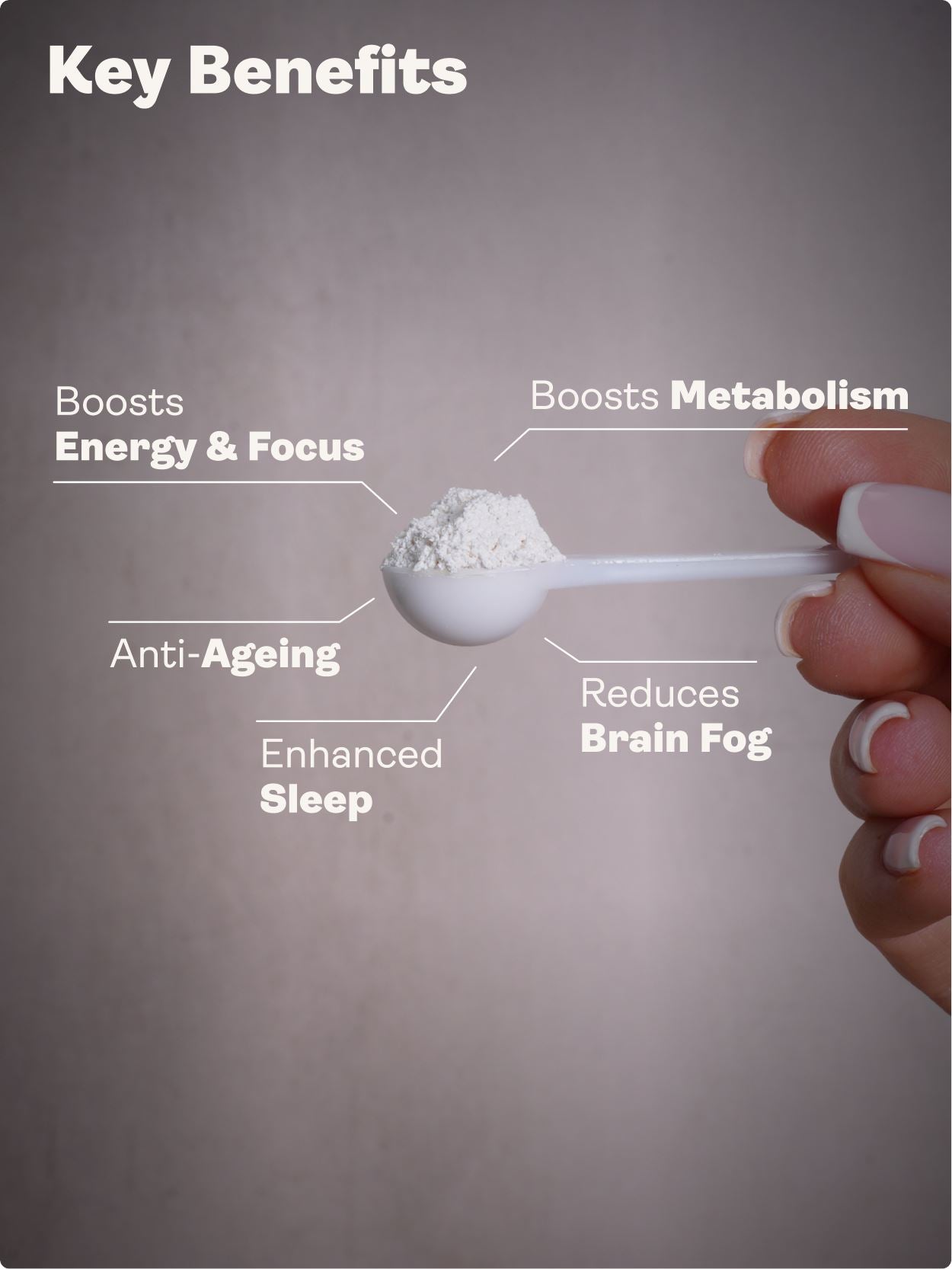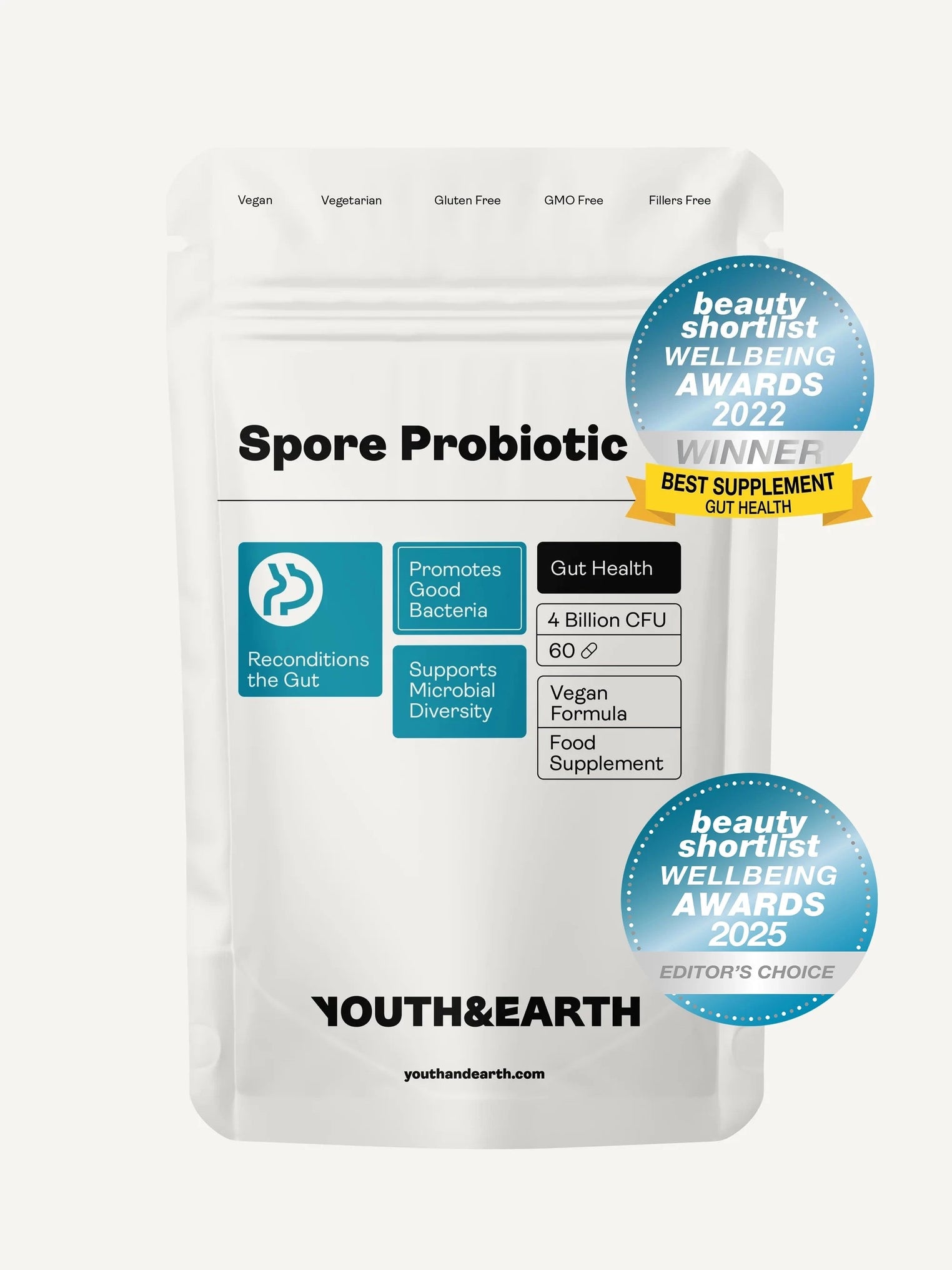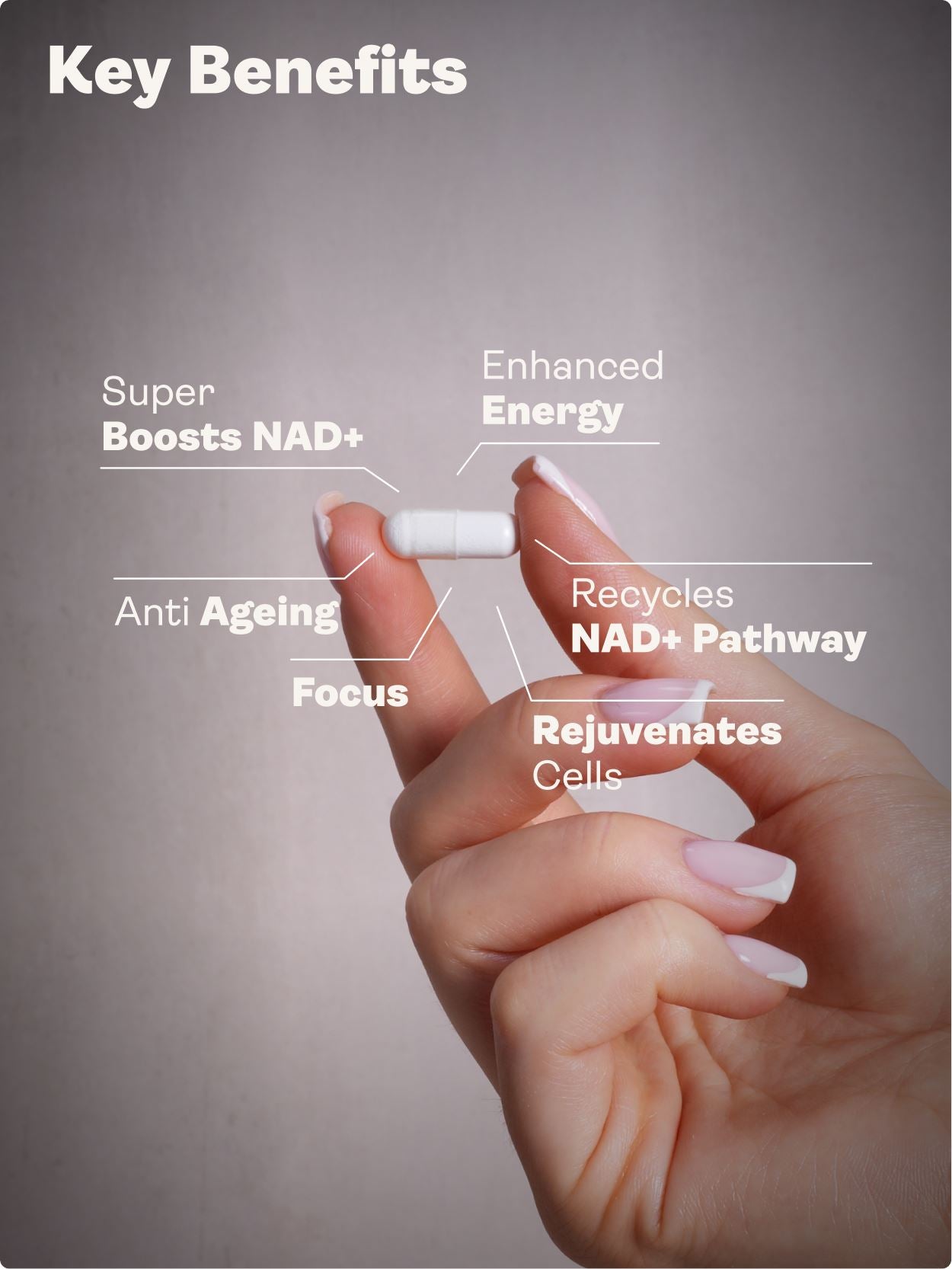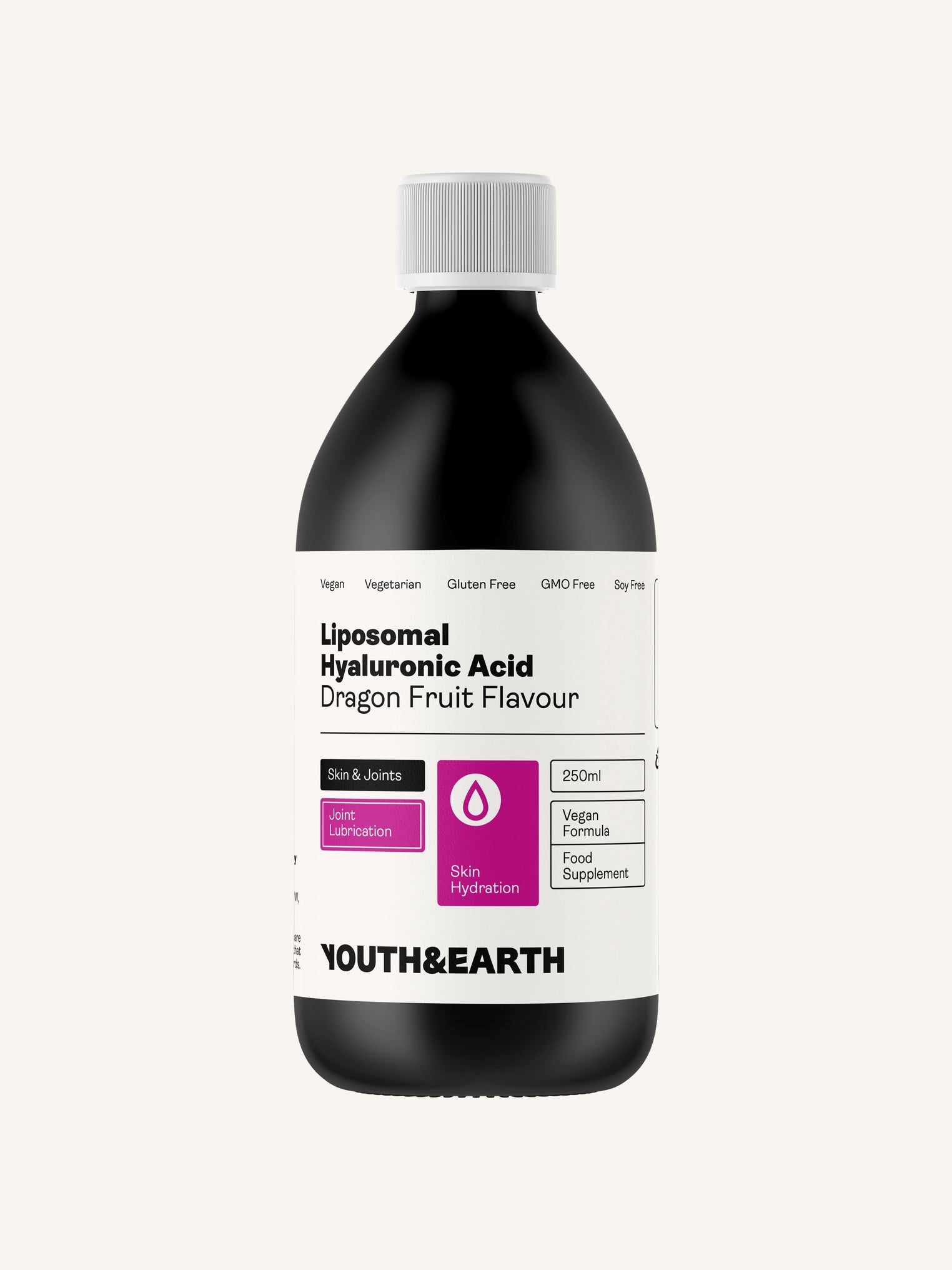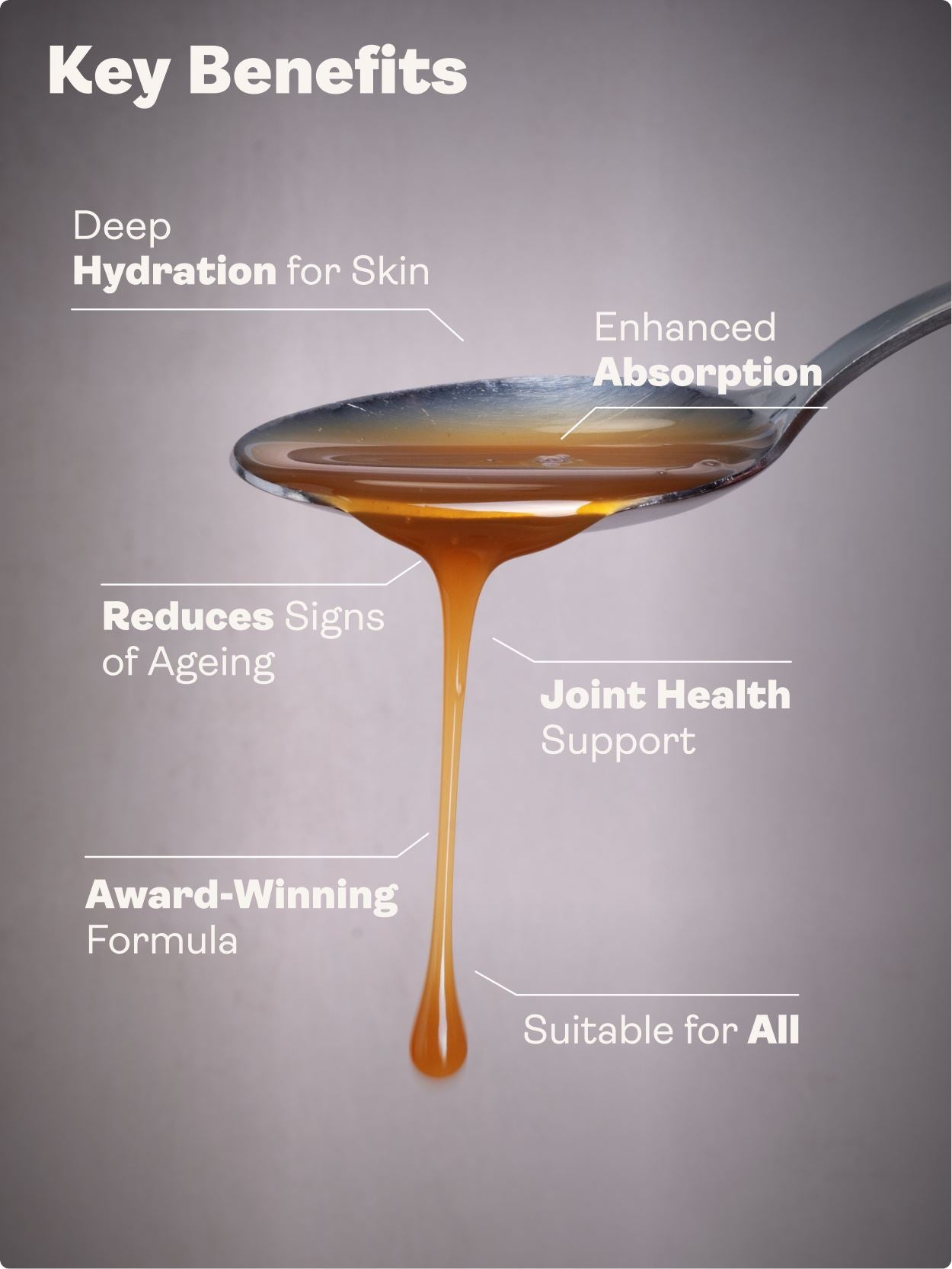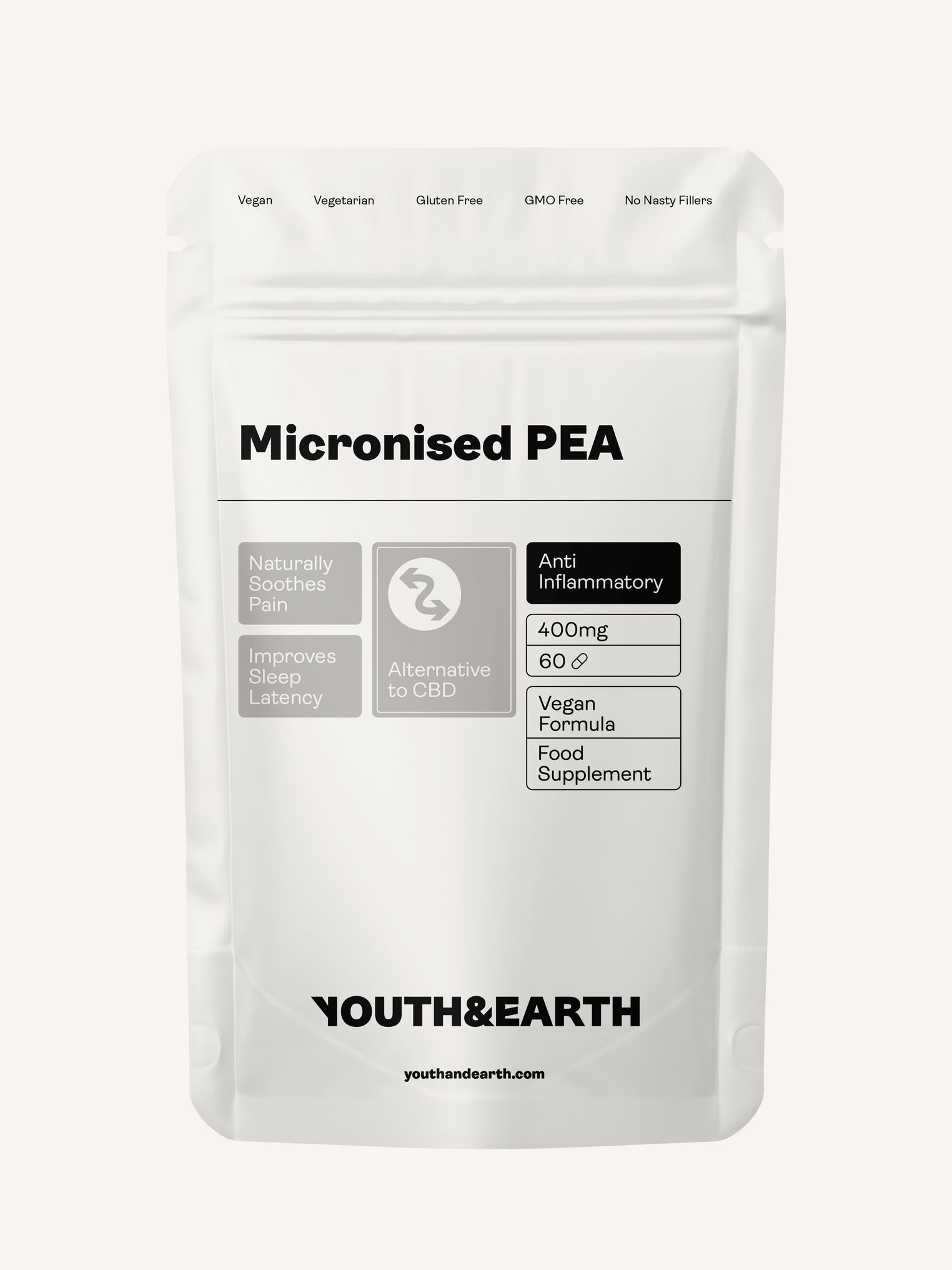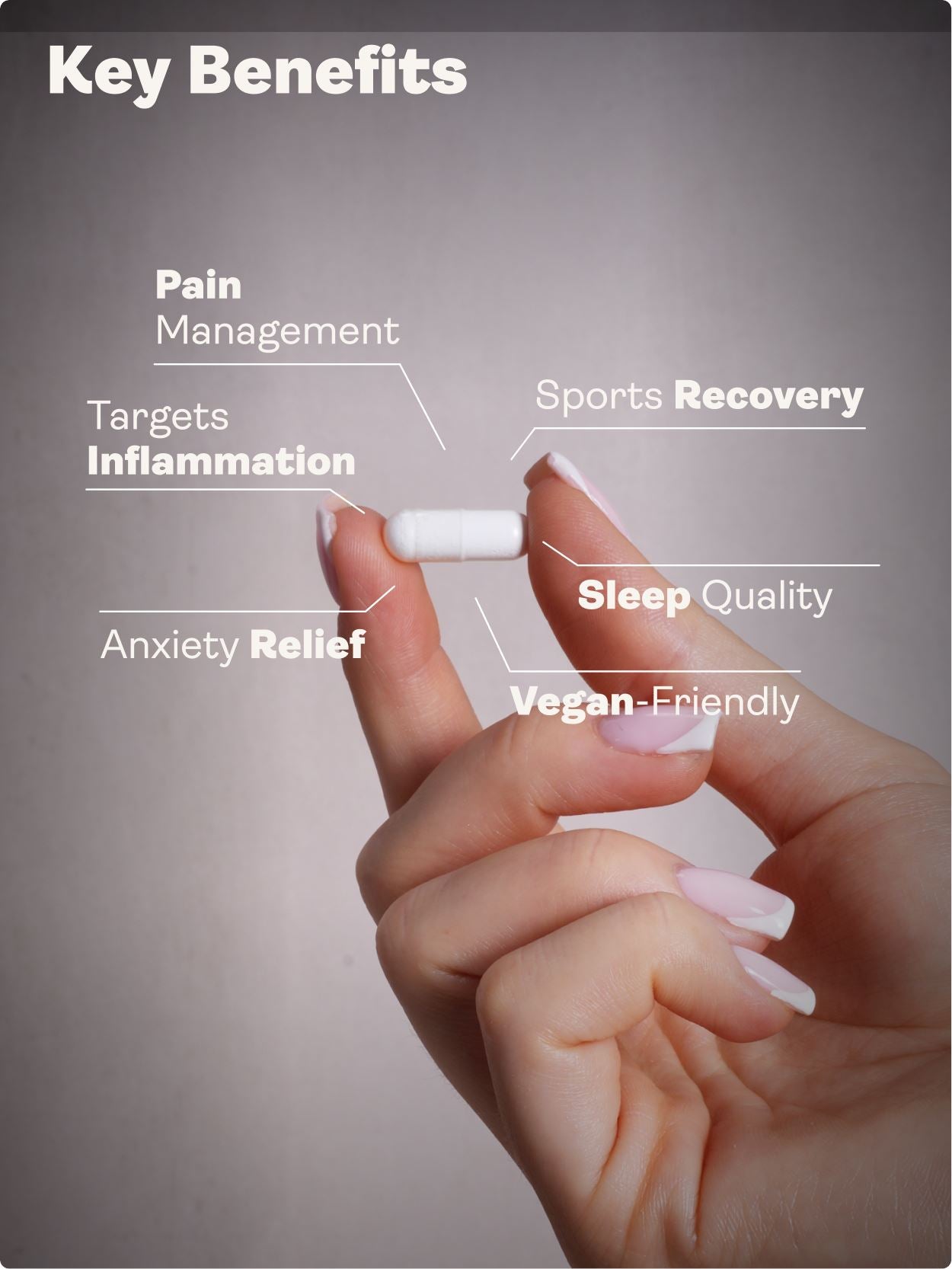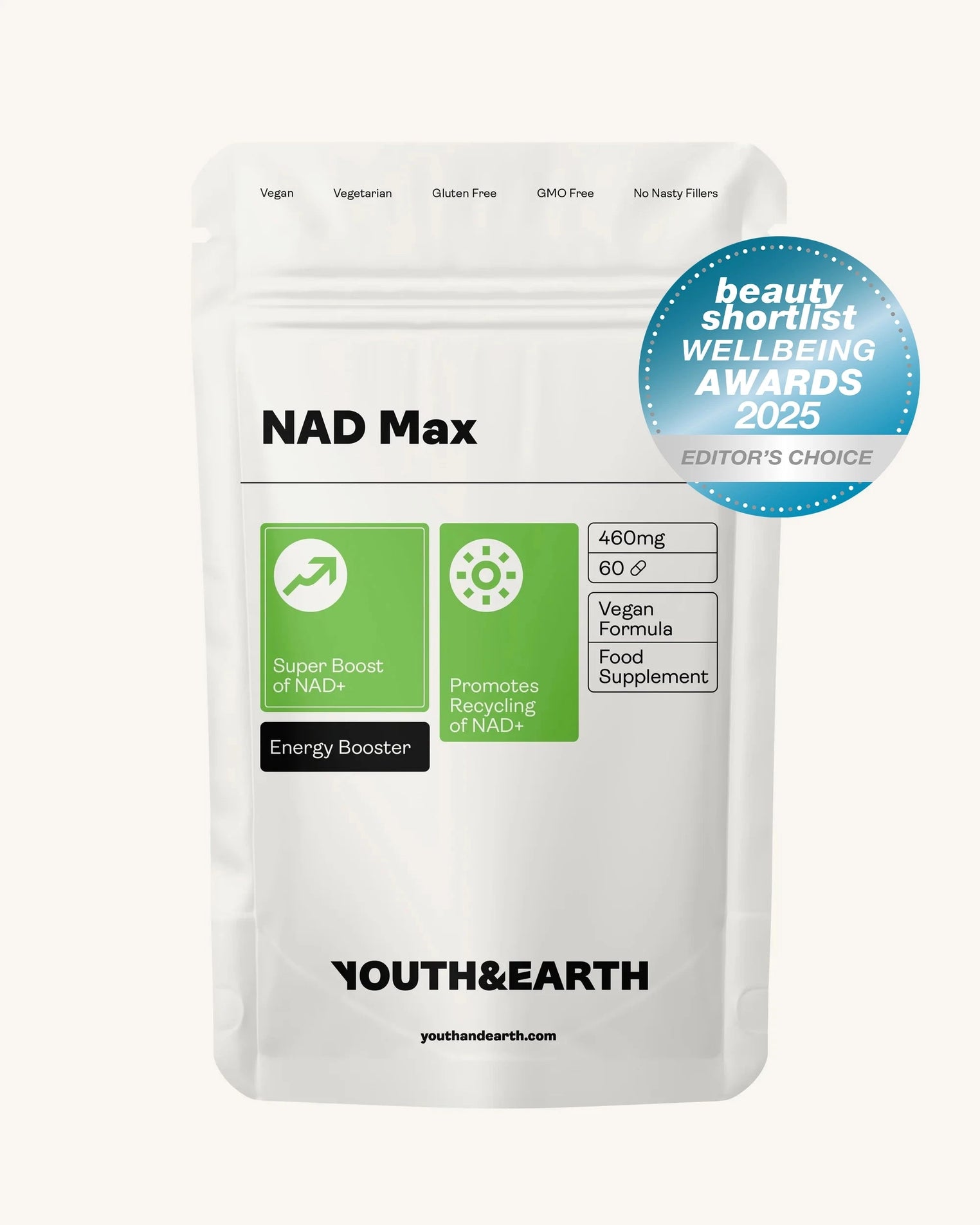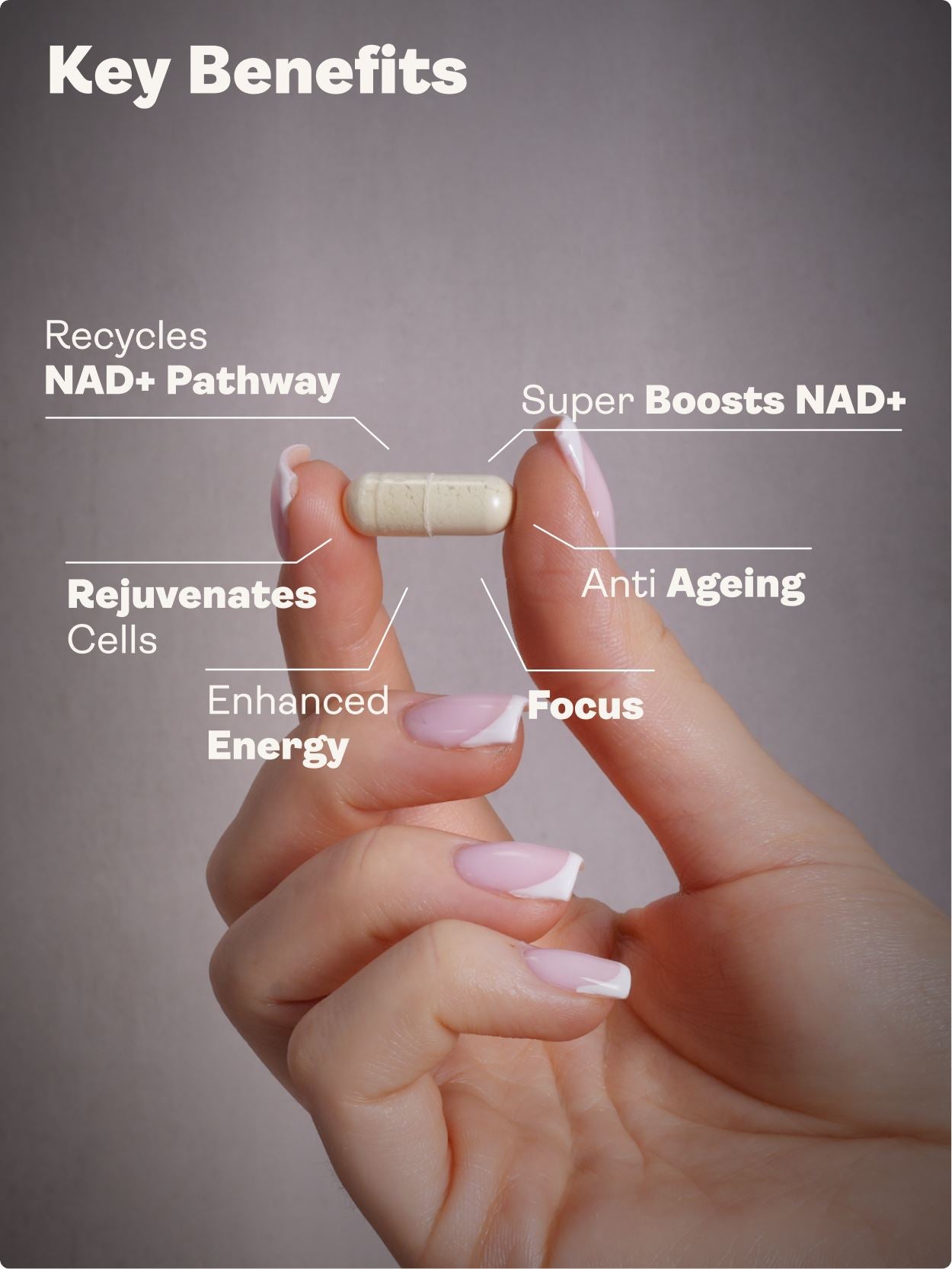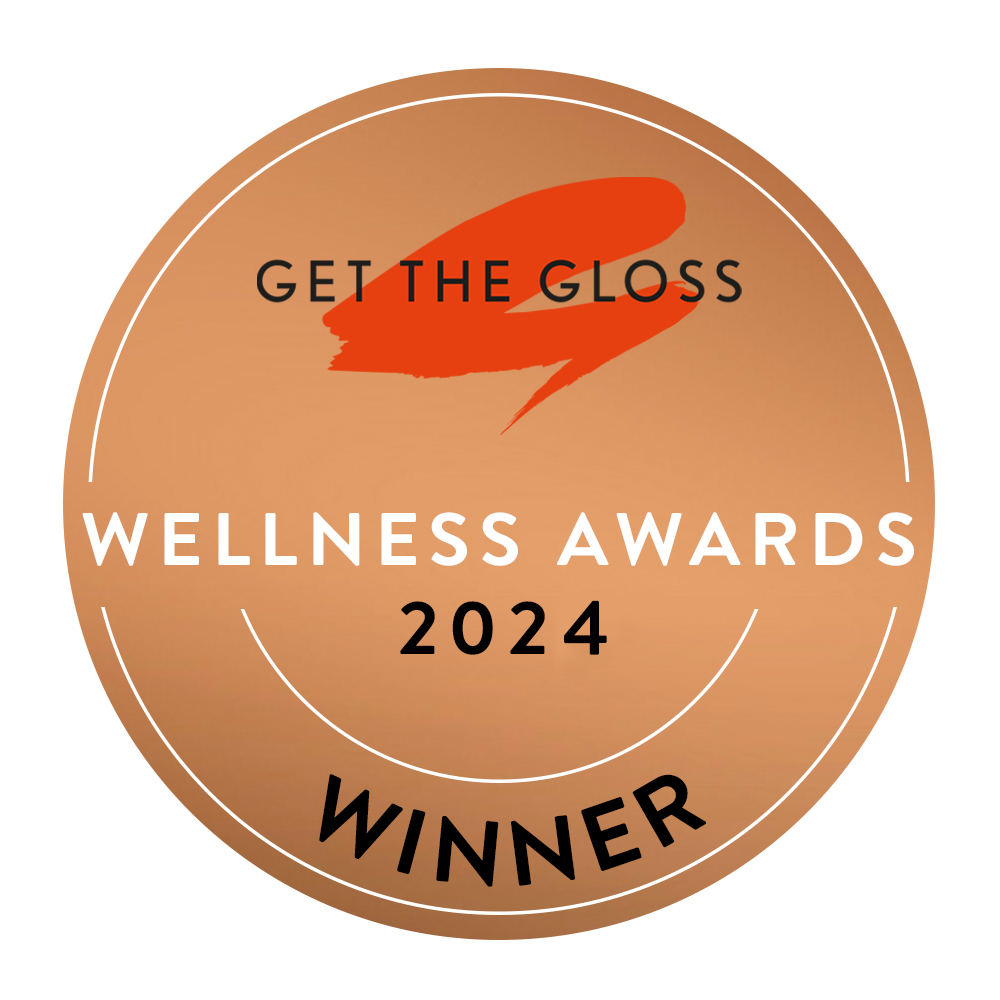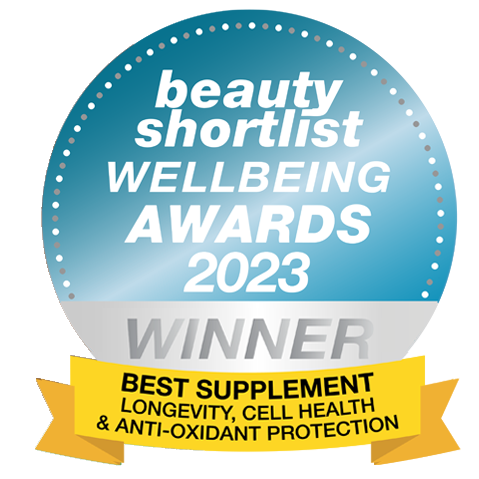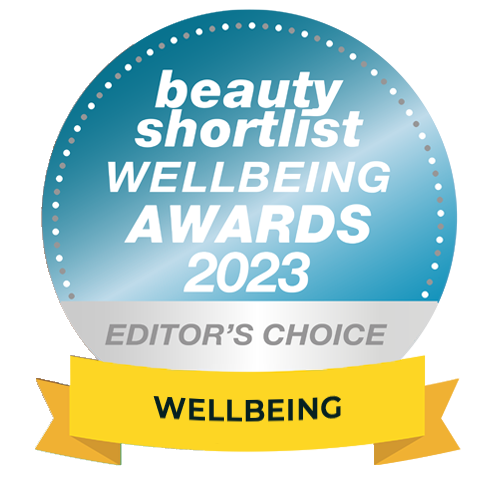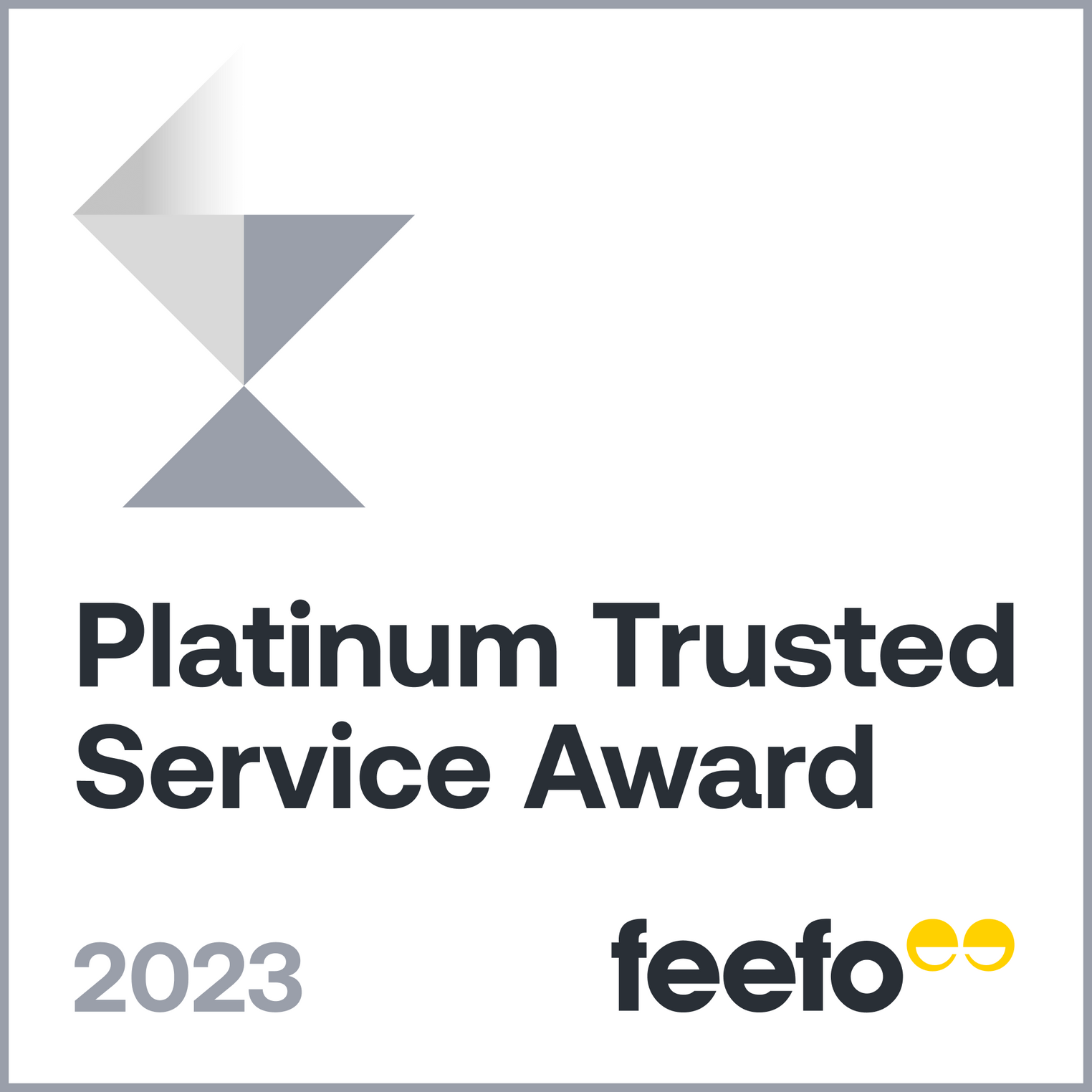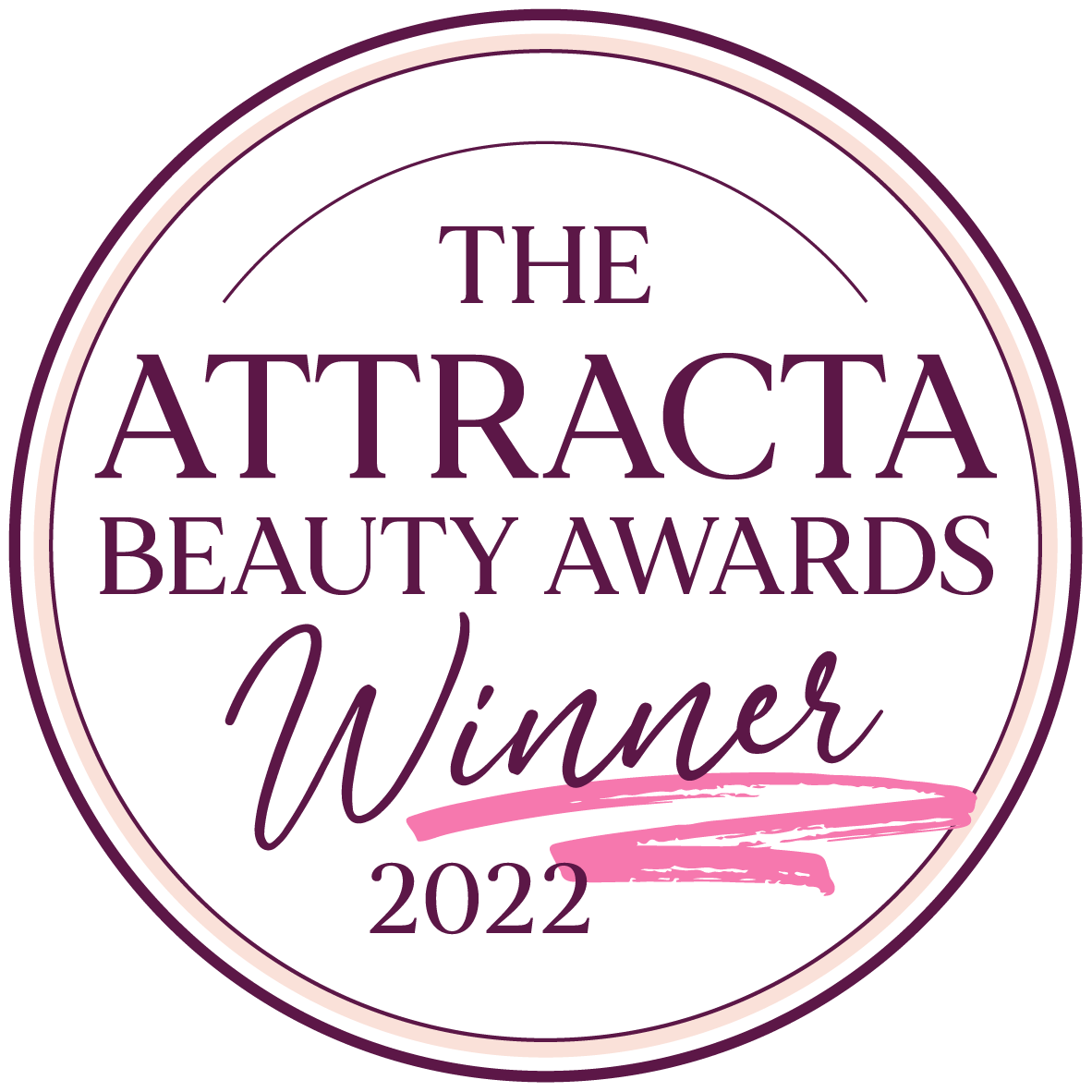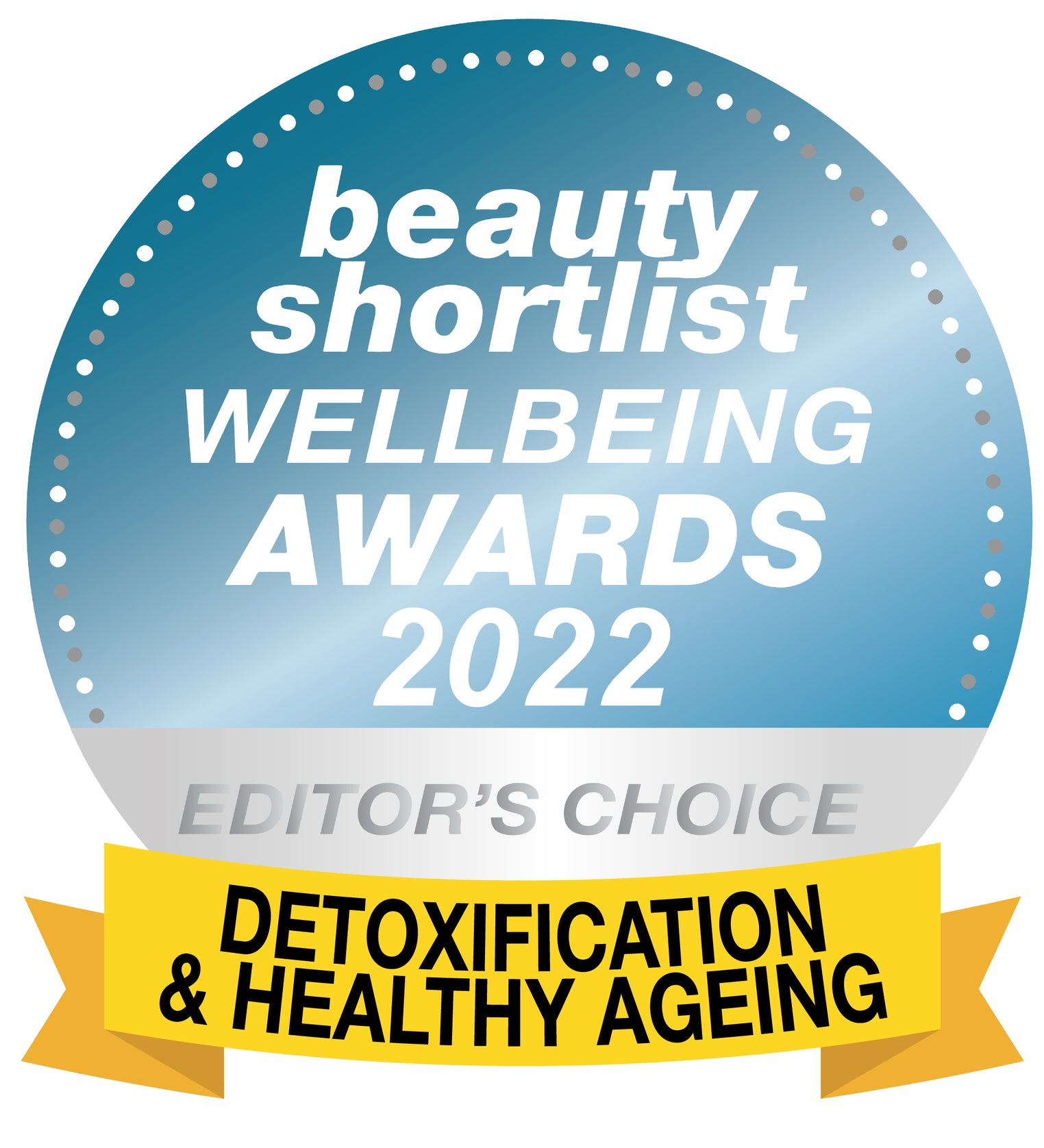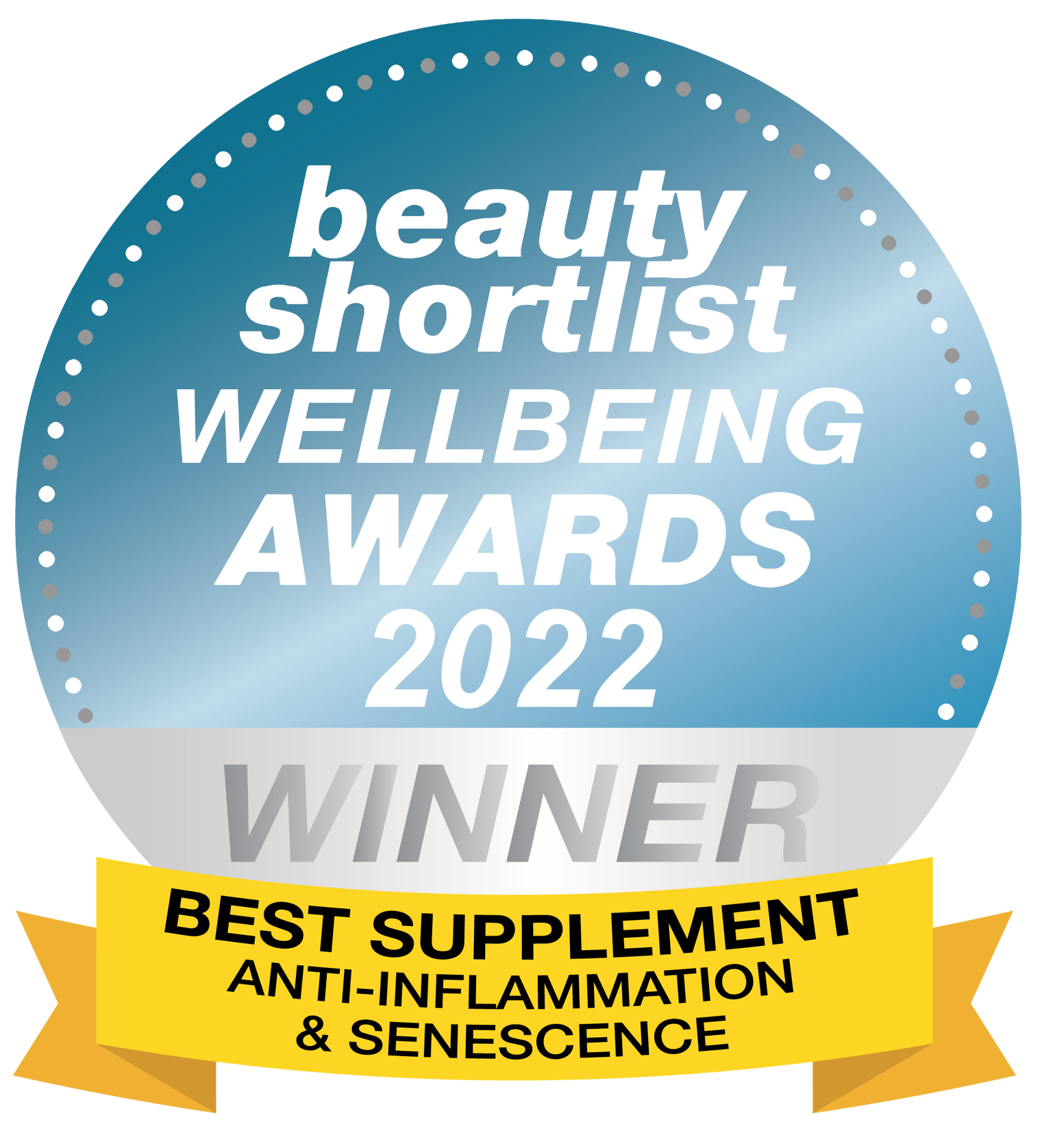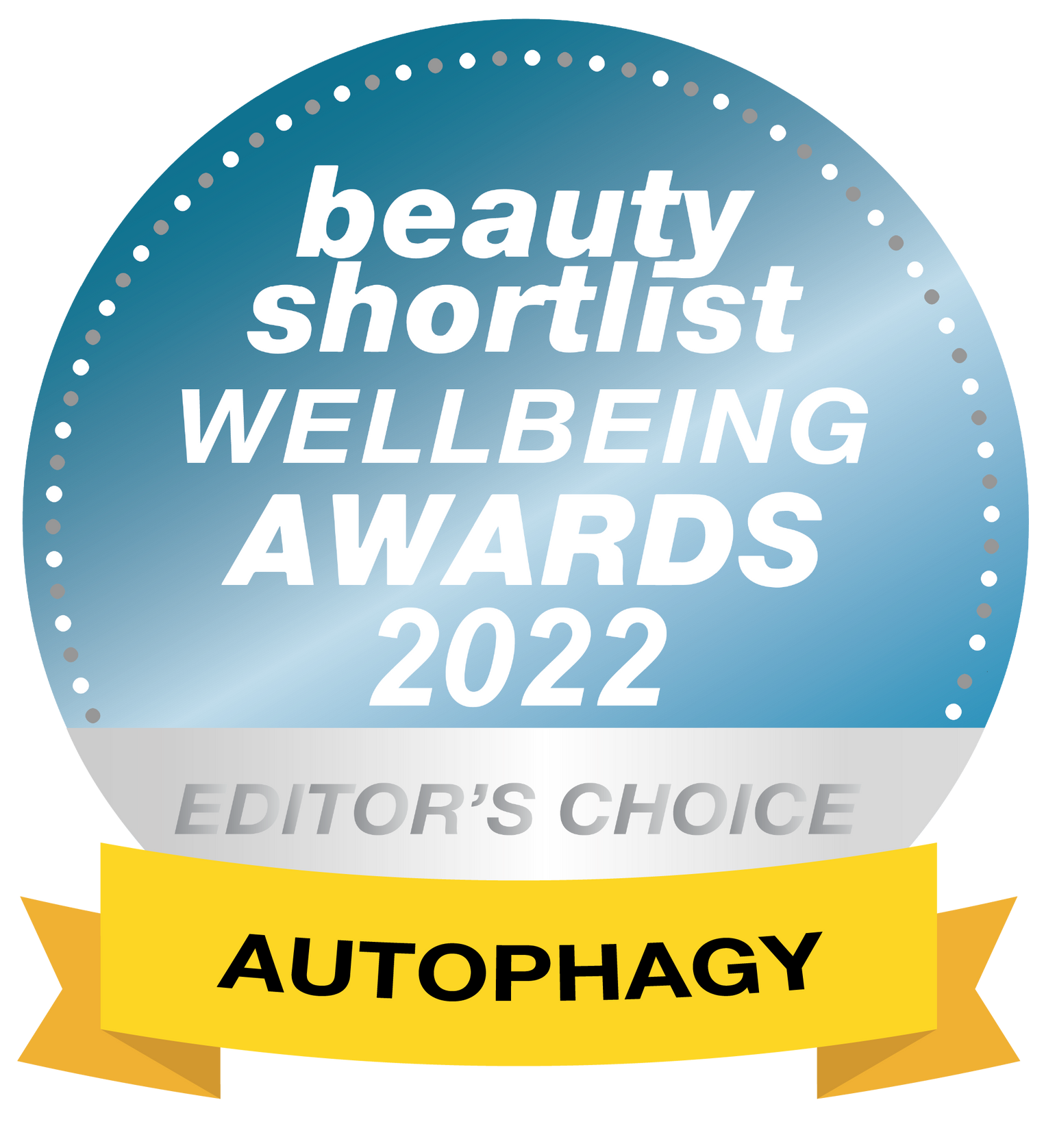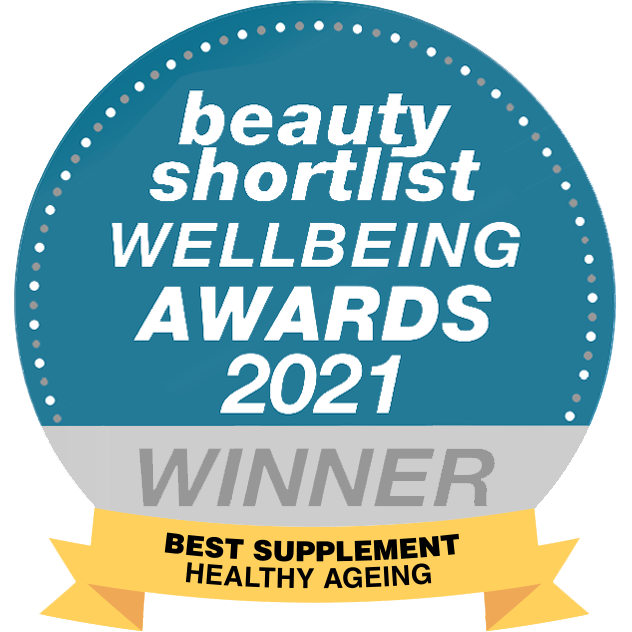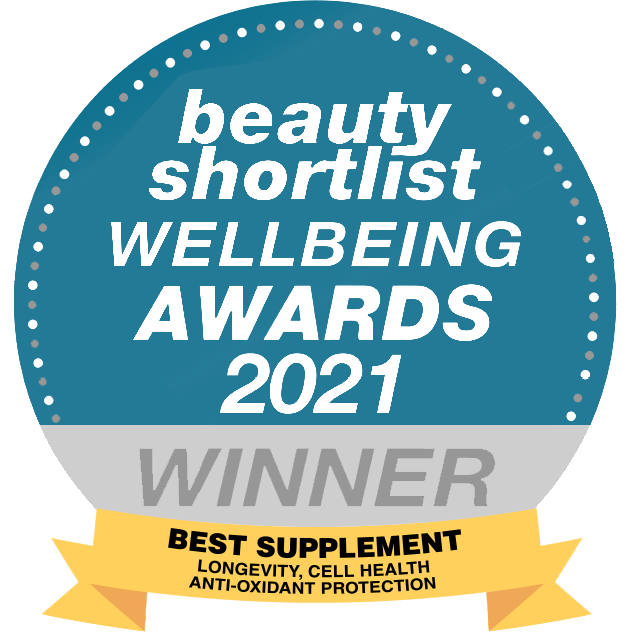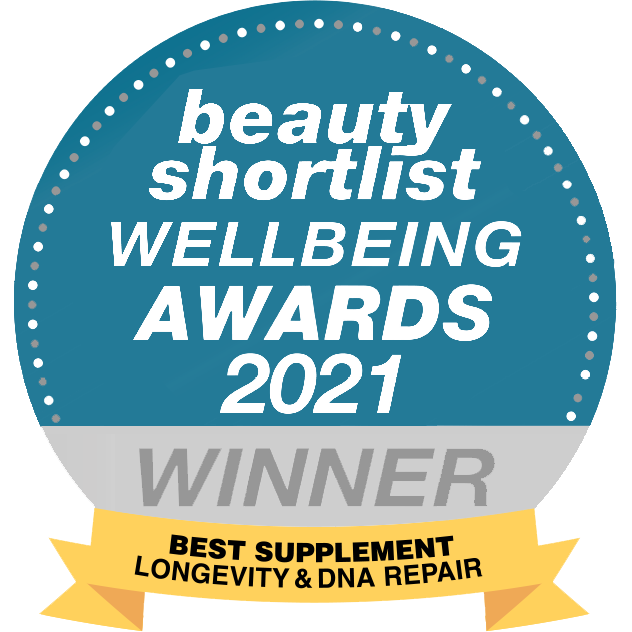Can a Peptide Restore Youthful Skin and Vitality? The GHK-Cu Copper Peptide Revolution
Wondering how to naturally enhance skin vitality and accelerate healing? GHK-Cu, a copper peptide found in the body, is revolutionizing skincare and tissue regeneration. This molecule supports collagen production, wound repair, and cellular health, with benefits extending to hair, nerves, and even organs, backed by decades of scientific research, if your looking to biohack you skin care regime look no further.
TL;DR: GHK-Cu for Skin and Systemic Health
GHK-Cu (glycyl-L-histidyl-L-lysine-copper) is a naturally occurring peptide that diminishes with age, slowing healing and reducing skin firmness. Using topical or oral GHK-Cu can enhance collagen synthesis, wound healing, nerve regeneration, and hair growth. It reduces inflammation and supports skin and systemic health, making it a versatile tool for vitality.
Table of Contents
Science Snapshot: GHK-Cu’s Key Benefits
Research underscores GHK-Cu’s role in tissue repair and cellular health. Key findings include:
-
Collagen and Elastin Synthesis: Enhances skin firmness and elasticity for a youthful appearance.
-
Wound Healing: Speeds recovery by organizing collagen fibers effectively.
-
Neuroprotection: Promotes nerve regeneration, supporting cognitive function.
-
Antioxidant Action: Reduces oxidative stress, protecting cells from damage.
-
Gene Modulation: Influences over 4,000 genes, optimizing repair and function.
Tip: Combine GHK-Cu with microneedling or red light therapy to amplify skin and hair benefits.
What Is GHK-Cu?
GHK-Cu is a small peptide bound to a copper ion, naturally present in plasma, saliva, and urine. Discovered in 1973, it’s abundant in young individuals but declines with age. GHK-Cu supports collagen synthesis, tissue repair, and gene expression, making it a cornerstone for health optimization and longevity.
How Does GHK-Cu Enhance Skin and Healing?
GHK-Cu acts as a signaling molecule, delivering copper to cells to activate repair pathways and influence gene expression.
Mechanisms include:
-
Fibroblast Activation: Stimulates collagen and elastin production.
-
Angiogenesis: Promotes new blood vessel formation.
-
Antioxidant Effects: Counters oxidative stress.
-
Cytokine Regulation: Reduces inflammation.
-
Collagen Alignment: Strengthens tissue structure.
Why It Matters: These actions enhance skin appearance, accelerate healing, and support tissue health.
Topical vs. Oral GHK-Cu: Which Is Best?
Topical
-
Pros: Delivers targeted benefits with visible improvements in 4–6 weeks.
-
Cons: Primarily localized effects.
-
Sources: Available in serums and creams.
Oral
-
Pros: May support broader systemic repair.
-
Cons: Absorption varies; more research needed.
-
Sources: Available in supplements, but hard to find.
| Method | Benefits | Limitations | Best For |
|---|---|---|---|
| Topical | Skin firmness, hair growth, scar healing | Limited systemic effects | Localized skin and hair health |
| Oral | Nerve, organ, systemic repair | Variable absorption | Broader health optimization |
Tip: Use topical GHK-Cu for skin and hair; explore oral forms for systemic benefits.
GHK-Cu for Skin and Hair Health
Skin Regeneration
-
Boosts collagen and elastin
-
Reduces wrinkles
-
Heals scars
-
Improves hydration with hyaluronic acid
Use Case: Apply GHK-Cu serum post-cleansing for firmer skin within weeks.
Hair Growth
-
Enlarges follicles
-
Extends anagen (growth) phase
-
Enhances scalp blood flow
Example Routine: Apply scalp serum twice daily, combine with microneedling and red light.
Regenerative and Neuroprotective Effects
Nerve Repair
-
Supports neuron regeneration
-
May reduce neuroinflammation
-
Aids cognitive function
Organ Healing
-
Repairs liver, kidney, and heart tissue
-
Promotes angiogenesis
-
Reduces fibrosis
Anti-Cancer Potential
-
Supports apoptosis in tumor cells
-
Enhances DNA repair
-
Modulates inflammation-related genes
Why It Matters: GHK-Cu benefits extend beyond skin to organs and brain health.
How GHK-Cu Fights Sun Damage
-
DNA Repair: Recovers UV-damaged cells
-
Inflammation Control: Reduces redness
-
Elastin Regeneration: Restores bounce
-
Melanin Regulation: Evens skin tone
Tip: Use GHK-Cu with sunscreen and vitamin E to maximize UV protection.
Complementary Practices for GHK-Cu
-
Microneedling: Boosts absorption (0.5–1.0 mm)
-
Red Light Therapy: Supports collagen and follicle health
-
Dietary Copper: Shellfish, nuts, dark chocolate
-
Hydration: Squalane, hyaluronic acid
Example Protocol: Apply GHK-Cu after microneedling, follow with red light, include copper-rich foods.
Application Tips for GHK-Cu
-
Apply after cleansing (preferably at night)
-
Wait 20 mins if using with vitamin C or retinoids
-
Microneedle weekly for deeper absorption
-
Store products in a cool, dry place
Conclusion: Optimizing Vitality with GHK-Cu
GHK-Cu is a dynamic peptide that supports skin, hair, and systemic repair. Its ability to stimulate collagen, reduce inflammation, and accelerate healing makes it ideal for those focused on vitality, resilience, and regeneration. Combined with smart practices, GHK-Cu is a powerful ally for overall wellness and has multiple anti-aging effects.
Checklist for Using GHK-Cu
-
Skin Health: Apply topical GHK-Cu with microneedling for firmness and wrinkle reduction.
-
Hair Growth: Use on scalp with red light therapy to boost follicle health.
-
Systemic Repair: Explore oral GHK-Cu for nerve and organ support.
-
Sun Protection: Combine with sunscreen and vitamin E for UV defense.
-
Dietary Support: Include copper-rich foods like shellfish or nuts.
Frequently Asked Questions
How does GHK-Cu improve skin health?
Stimulates collagen, reduces wrinkles, enhances scar healing.
How long to see results?
Skin results in 4–6 weeks; deeper effects may take longer.
Is GHK-Cu safe daily?
Yes, at standard topical and oral doses.
Can I combine GHK-Cu with other actives?
Yes, but space it from vitamin C or retinoids.
Alternatives to GHK-Cu?
Try resveratrol or sulforaphane for repair benefits.
Glossary of Terms
-
GHK-Cu: A peptide complex supporting repair
-
Angiogenesis: Growth of new blood vessels
-
Apoptosis: Programmed cell death
-
Fibroblasts: Collagen-producing skin cells
-
Elastin: Protein that maintains skin elasticity
-
Oxidative Stress: Cell damage by free radicals
-
Melanocytes: Pigment-producing skin cells
-
Neuroinflammation: Brain inflammation impacting cognition
About the Author and Review
About the Author
Ed Van Harmelen is the founder of Youth & Earth and a passionate advocate for health optimization since 2017. Featured in podcasts and wellness publications, he’s recognized for making advanced science accessible to consumers.
Medically Reviewed By
Mina Stanisavljevic, M.Sc. in Molecular Biology and Physiology, University of Belgrade. Mina is a Science Advisor at Youth & Earth and OptimallyMe, specializing in cellular metabolism and evidence-based strategies.
Last Updated: Saturday, July 26, 2025






